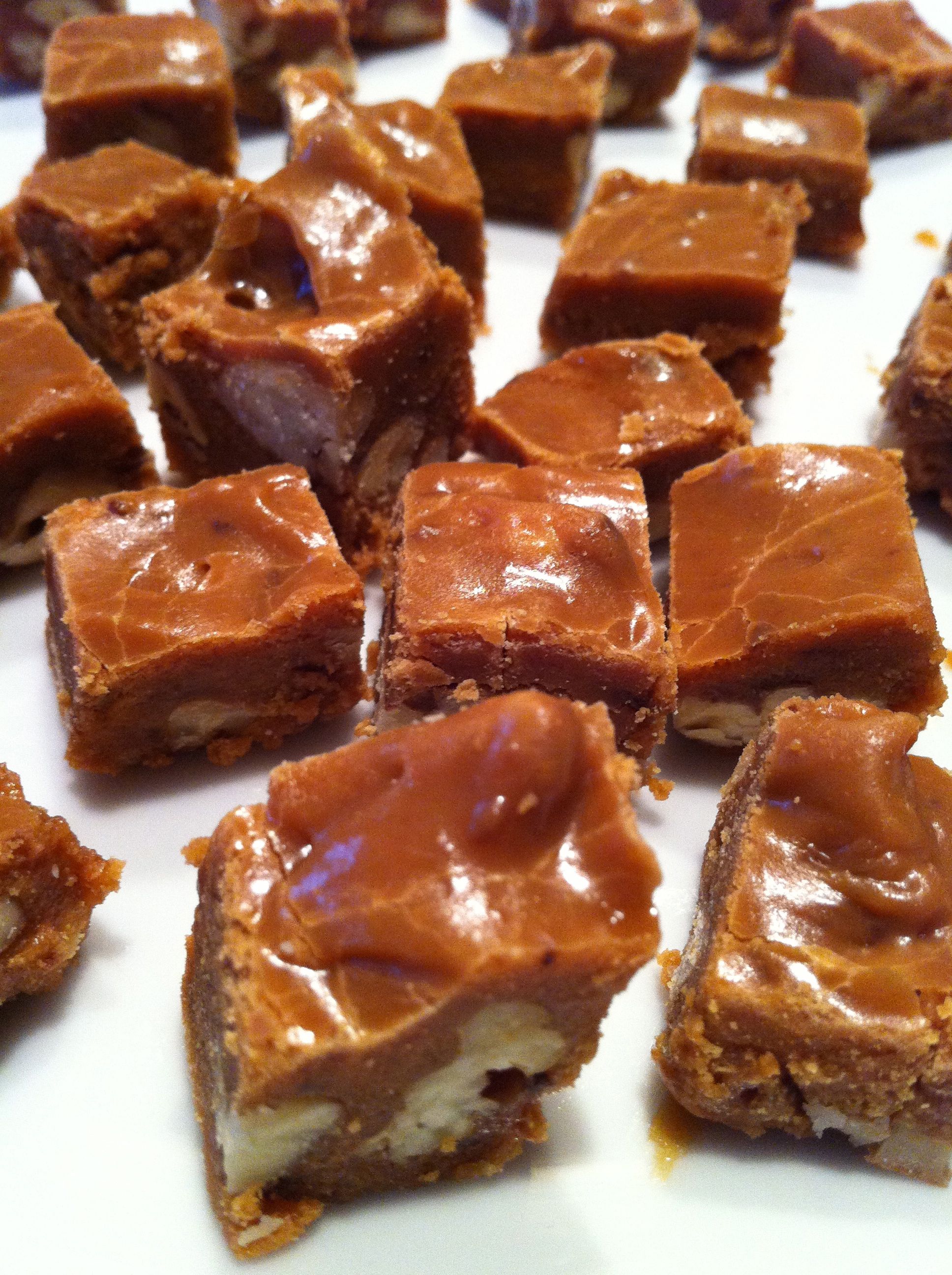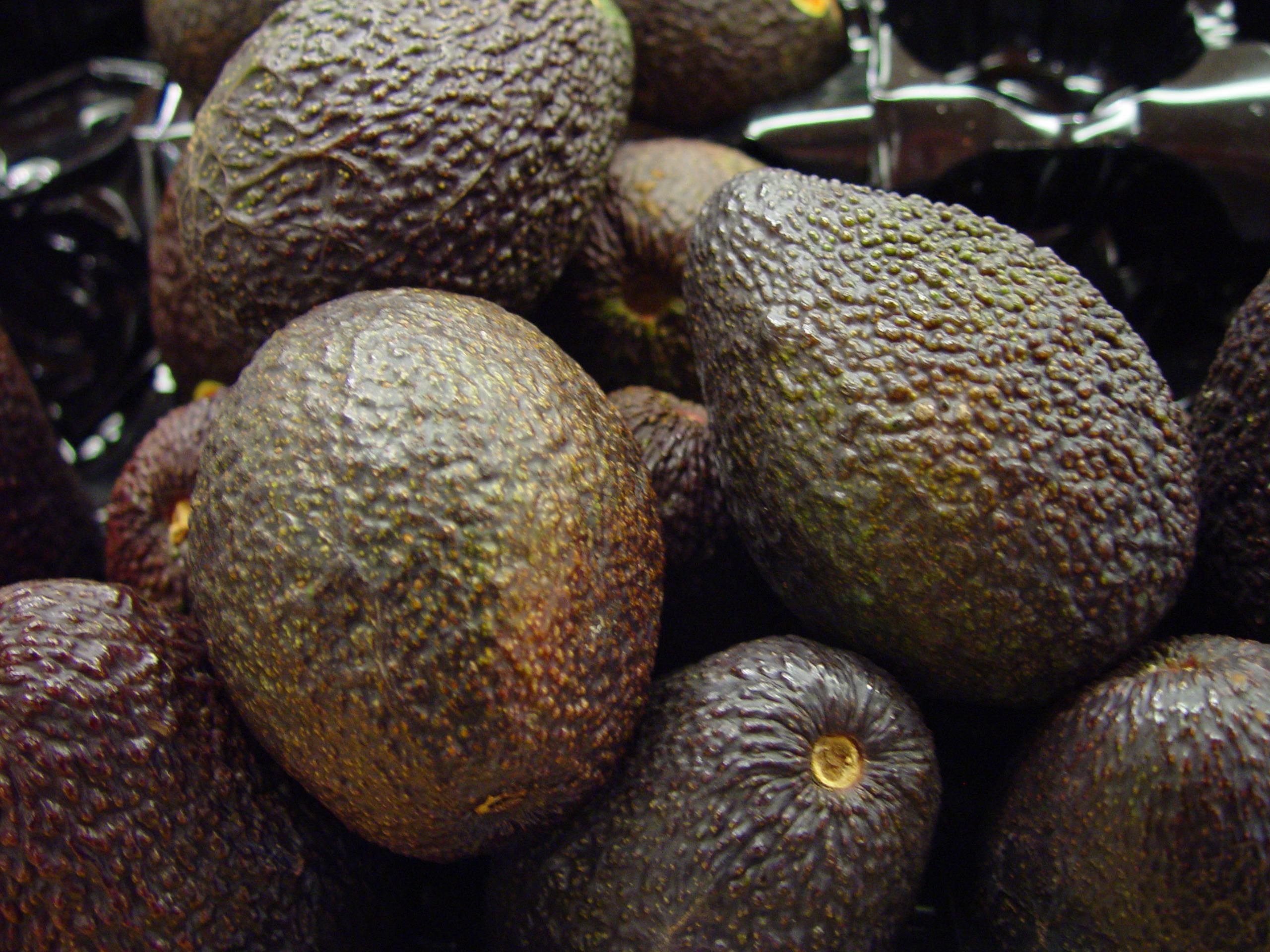 I myself not being one to brag,, Ahem.., my recipe is based on 3 simple rules.
I myself not being one to brag,, Ahem.., my recipe is based on 3 simple rules.1. Purchase them Green and Hard.
Rodolfo Fernandez is the top Avocado expert in our region. For many years he provided the best-tasting avocados to Mexican restaurants throughout San Antonio. I follow his advice. At the produce section, purchase Haas aguacates while they are still green and very firm. Store them in a bag, plastic or paper, and wait two days, maybe three, at which time they'll begin to ripen and soften. It is then that they are at their peak of flavor. There is no substitute for this direct, natural taste. You'll say, wow.
2. No Masks.
The fresh, full flavor of the avocado takes nicely to complementary seasonings and accompaniments but be judicious. At all costs do not mask the texture or flavor of the aguacate.
3. Use a Molcajete.
In the recipe below I explain how the foundational flavor is developed in a molcajete.
Avocado is aguacate in Spanish and aguacate is derived from the original Nahuatl name, "Ahucacahuitl."
The name appears in early writings, MesoAmerican hieroglyphs, documenting that the Avocado is native to Puebla, Mexico. Here is an original glyph of an
 avocado tree linked to the place where the tree originates, the town of "Ahuacatlán." (1) The earliest remains of avocado consumption, 8,000-7,000 BCE, have been found in a cave in what is currently Coxcatlán in the state of Puebla, Mexico. From there the little lush fruit travelled and developed. There are three botanical types of avocados, Mexican, Guatemalan and Antillean.
avocado tree linked to the place where the tree originates, the town of "Ahuacatlán." (1) The earliest remains of avocado consumption, 8,000-7,000 BCE, have been found in a cave in what is currently Coxcatlán in the state of Puebla, Mexico. From there the little lush fruit travelled and developed. There are three botanical types of avocados, Mexican, Guatemalan and Antillean.  This map (2) lists where the origins of each of the types may have developed. Notice that the Mexican avocado is within the current TexMex area.
This map (2) lists where the origins of each of the types may have developed. Notice that the Mexican avocado is within the current TexMex area.So enjoy this recipe knowing, again, that for millenia our land has nurtured us with delicious fruits and wonderful cooks. Hmmmmm!
Recipe: serves 6 -- thanks to Chef Roberto Santibañez whom I met in San Antonio and on whose book this is based.
Ingredients:
2 Haas avocados
1/2 Tbsp Green Serrano chile, sliced
1/2 Tbsp fresh cilantro, finely chopped
1 tspn white onion, small dice
1 tspn salt
1/4 cup tomato, small dice
2 Tbsp white onion, small dice
2 Tbsp fresh cilantro, coarsely chopped
Method:
1. Using a molcajete, make a fine paste of the onion, chile, cilantro and salt.
Here
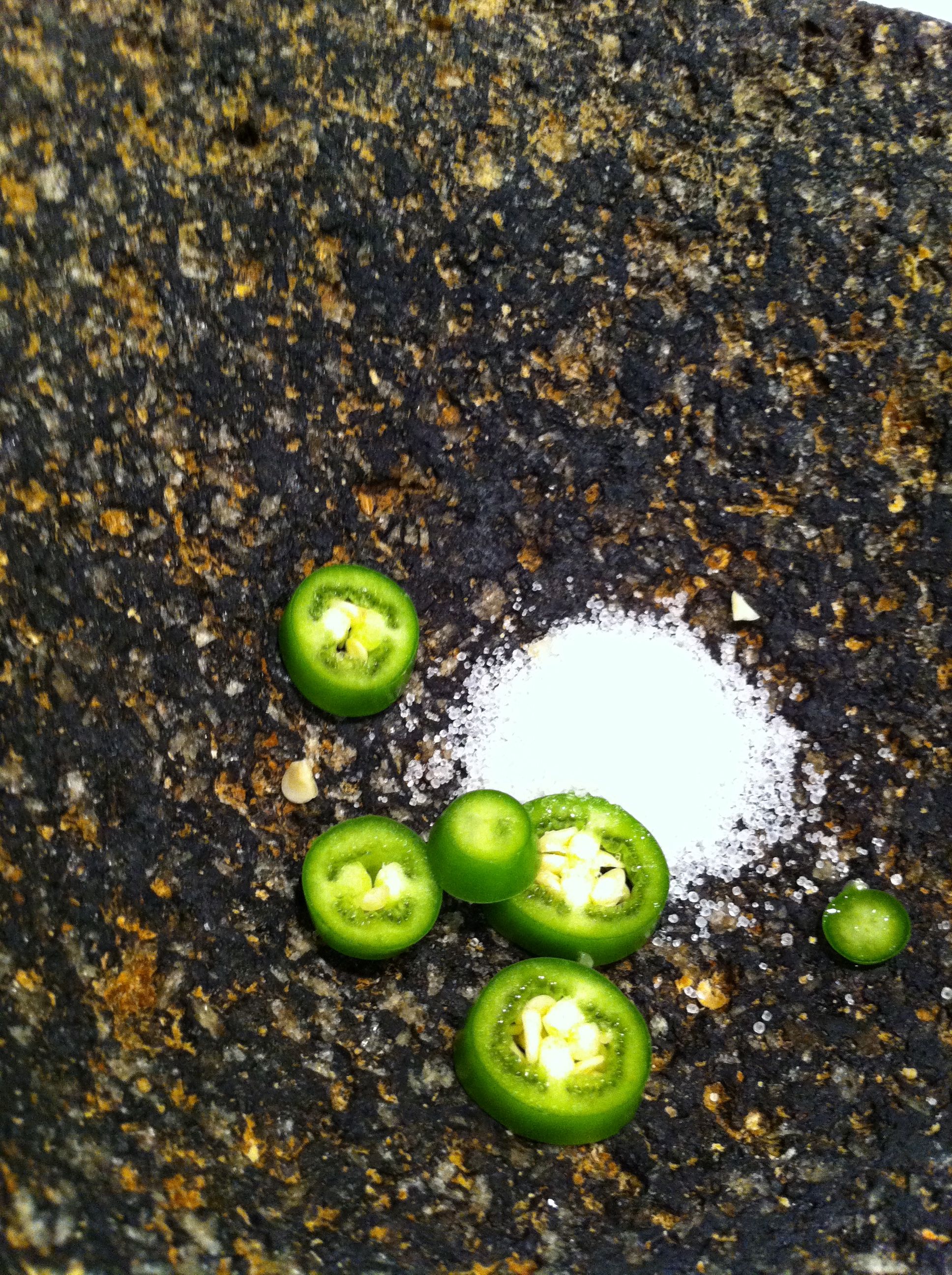 is where
is where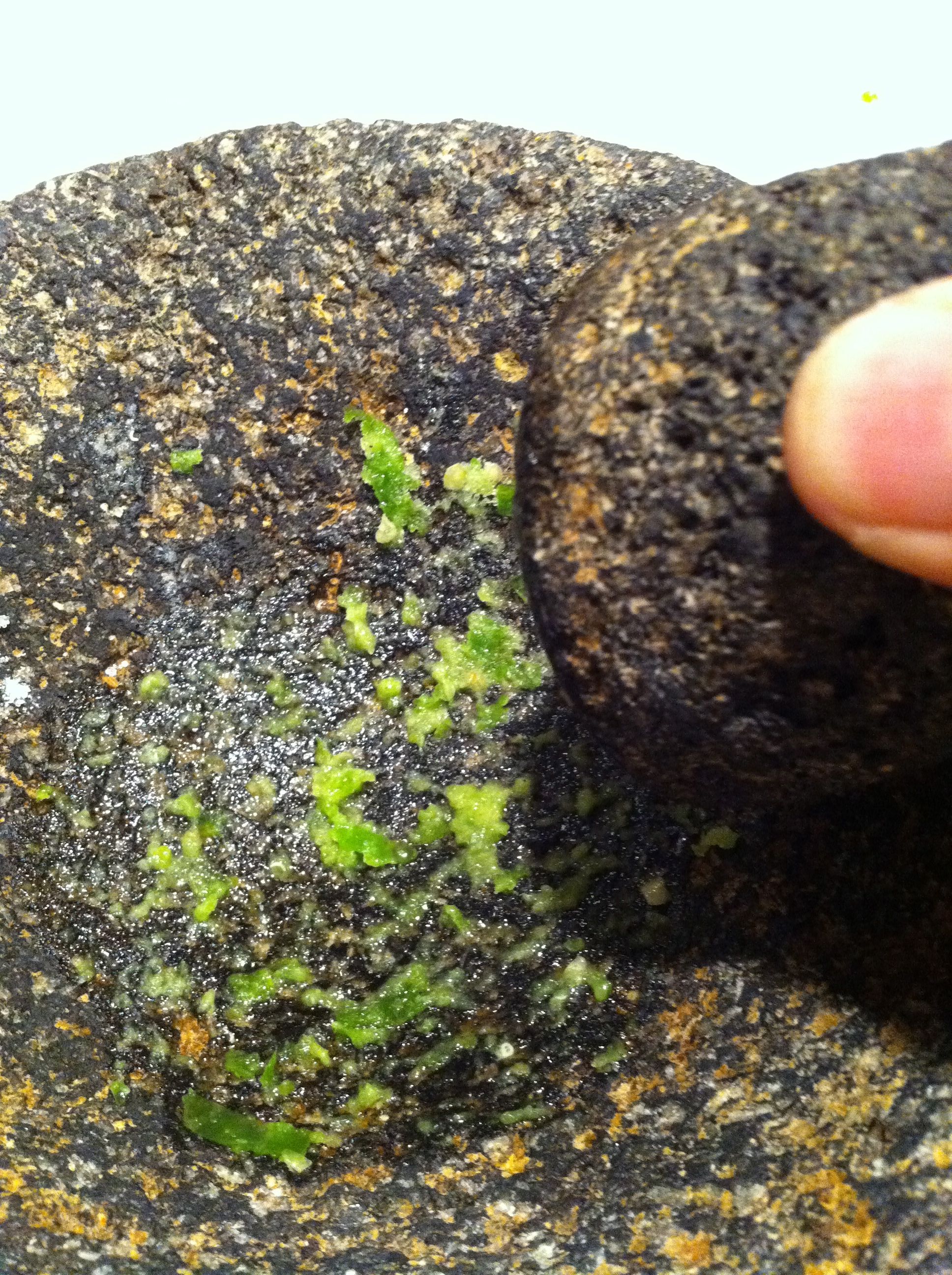 I mentioned that you can develop the flavor direction that your guacamole will take. You may add other seasonings to the molcajete, but keep in mind that you are following many years of tradition. Make sure your variations are culturally relevant, enticing to the palette, and not just vacuously trendy.
I mentioned that you can develop the flavor direction that your guacamole will take. You may add other seasonings to the molcajete, but keep in mind that you are following many years of tradition. Make sure your variations are culturally relevant, enticing to the palette, and not just vacuously trendy.2. Dice the avocado and add to the molcajete, scraping and folding to make sure the avocado is covered with the seasonings.
3. Add the remaining tomato, cilantro and onion.
4. Serve immediately with crispy corn tortilla chips.
Guacamole con Frutas (3) Serves 6
Ingredients:
2 Haas avocados
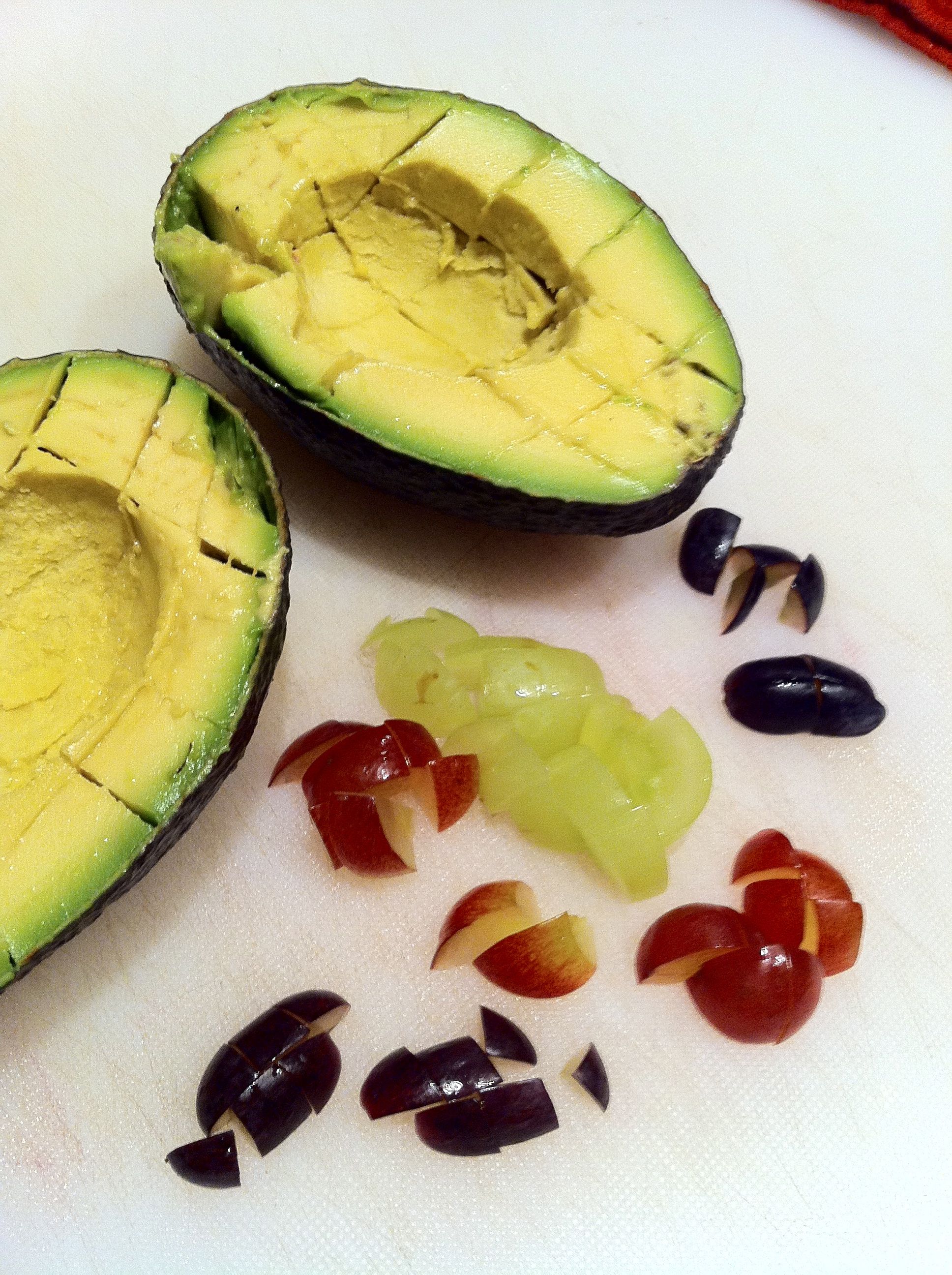
3/4 cup fresh mango, small cubes
10 red seedles grapes, halved
10 green seedless grapes, halved
1/2 cup pomegranate seeds
1/2 Tbsp Green Serrano chile, sliced. Note: I like to add more chile than this because I love the sweet fruit taste with the serrano flavor. But start with this amount and then see if you want to increase the serrano flavor.
1/4 cup tomato, small dice
1 tspn salt
Method:
1. Make the molcajete paste as above, of course there is no cilantro.
2. After combining the avocados with the molcajete paste, fold in the fruits.
3. Adjust the salt. Garnish with additional pomegranate and serve with crispy corn tortilla chips.
Buen provecho, TexMex!
NOTES:
(1) HISTORIA DEL AGUACATE EN MÉXICO, Salvador Sánchez Colín, Pedro Mijares Oviedo, Luis López-López, Alejandro F. Barrientos-Priego.
(2) HISTORIA DEL AGUACATE EN MÉXICO, Salvador Sánchez Colín, Pedro Mijares Oviedo, Luis López-López, Alejandro F. Barrientos-Priego.

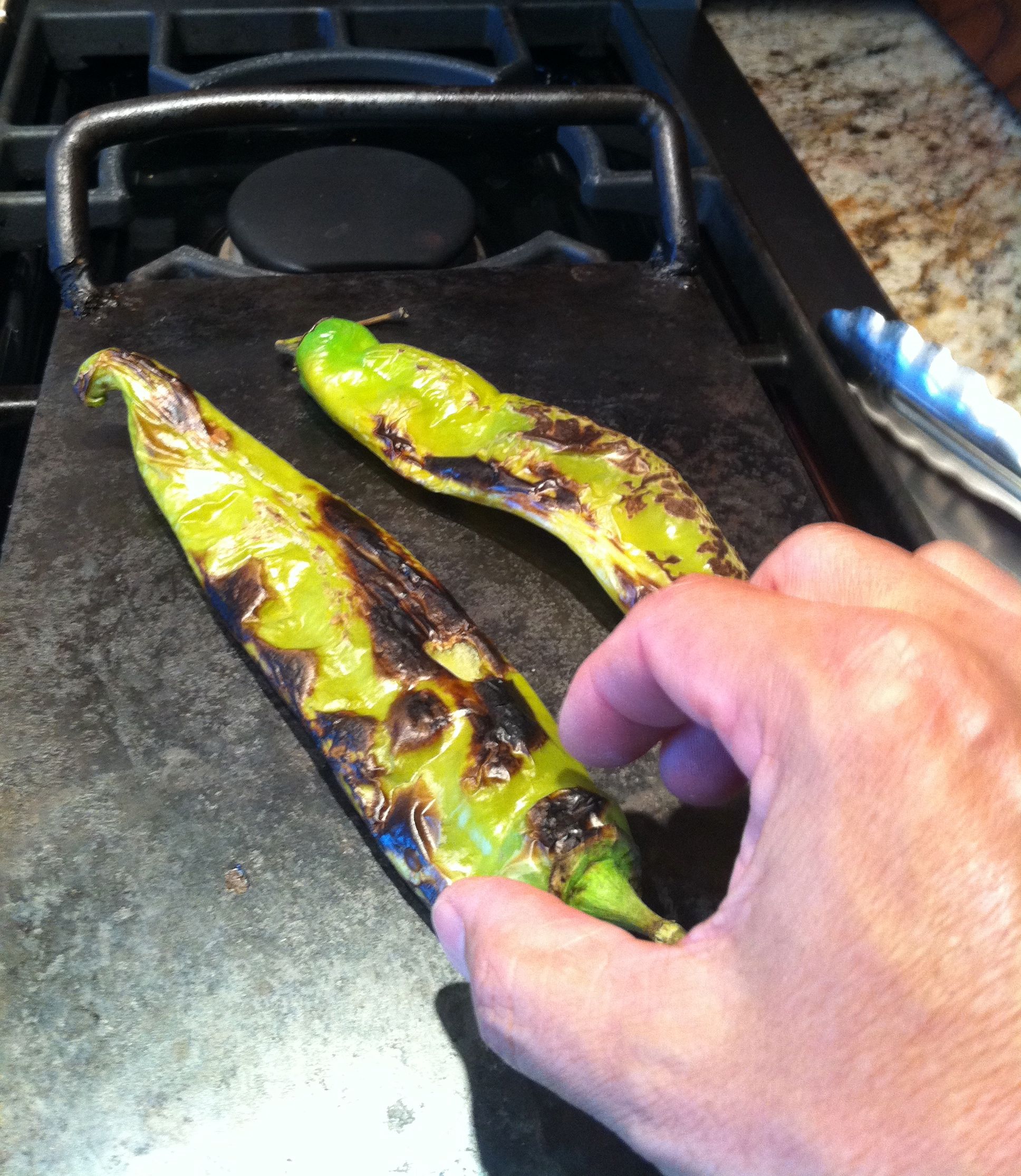 We roast Anaheim chiles then eat them with hot yellow corn tortilla and salt. There's not a single gourmand who can resist crooning with joy upon biting into this
We roast Anaheim chiles then eat them with hot yellow corn tortilla and salt. There's not a single gourmand who can resist crooning with joy upon biting into this 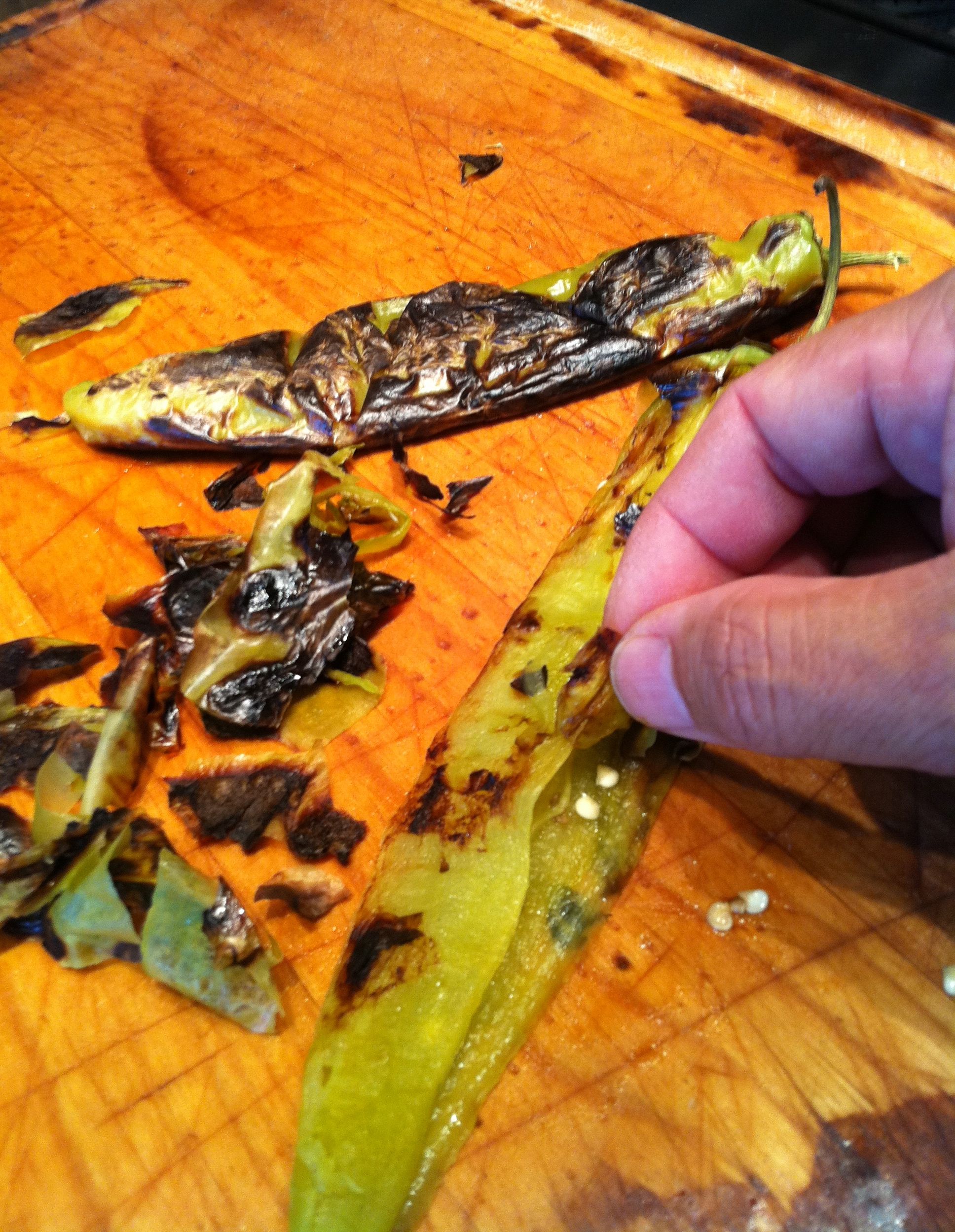 Tortilla:
Tortilla: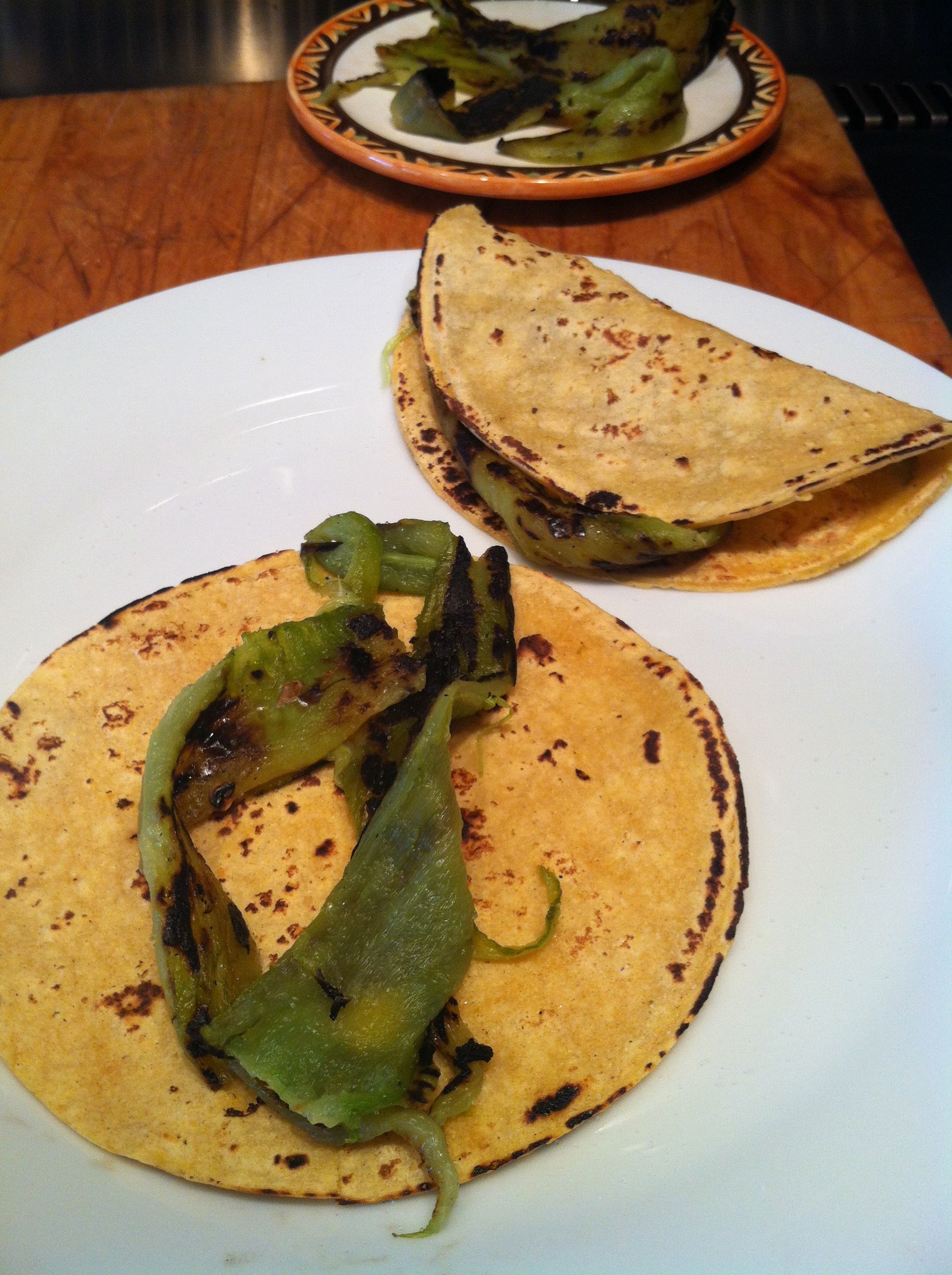
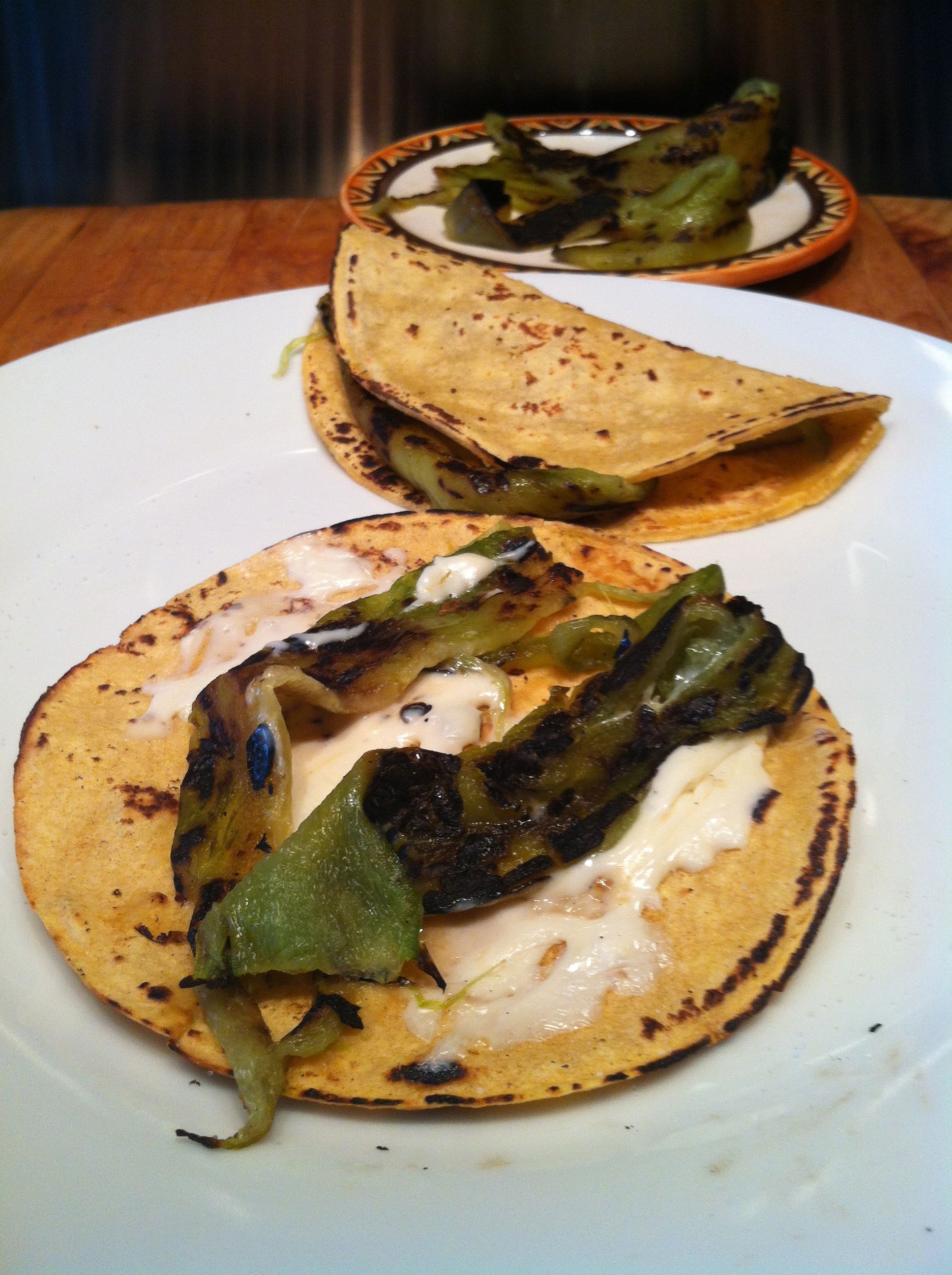 And below is the Panela cheese. It's a very different taste and texture. Cut into small dice, it will melt slightly as you can see. Oh, my goodness.....toothsome. Do let me know how you like these.
And below is the Panela cheese. It's a very different taste and texture. Cut into small dice, it will melt slightly as you can see. Oh, my goodness.....toothsome. Do let me know how you like these.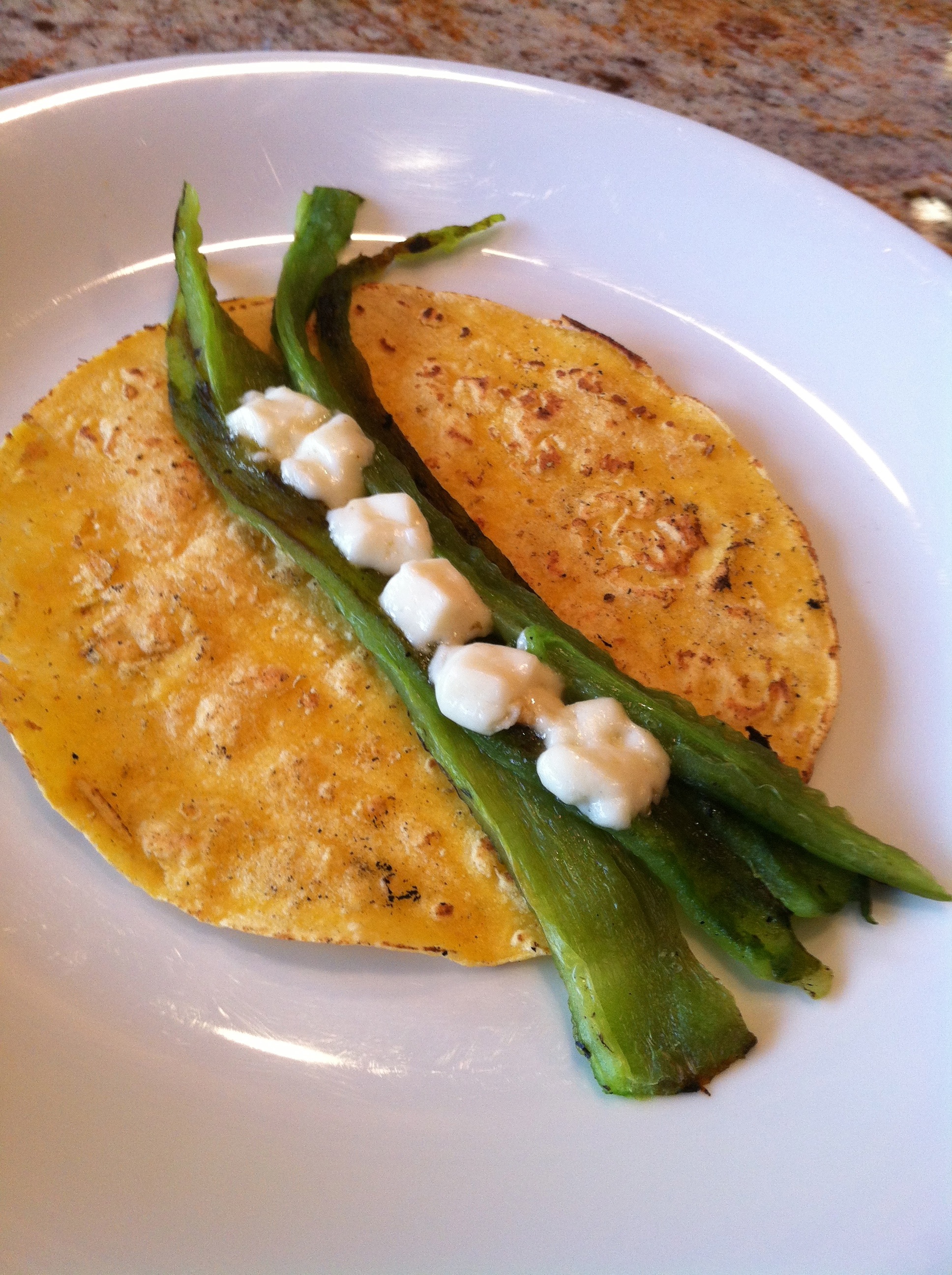
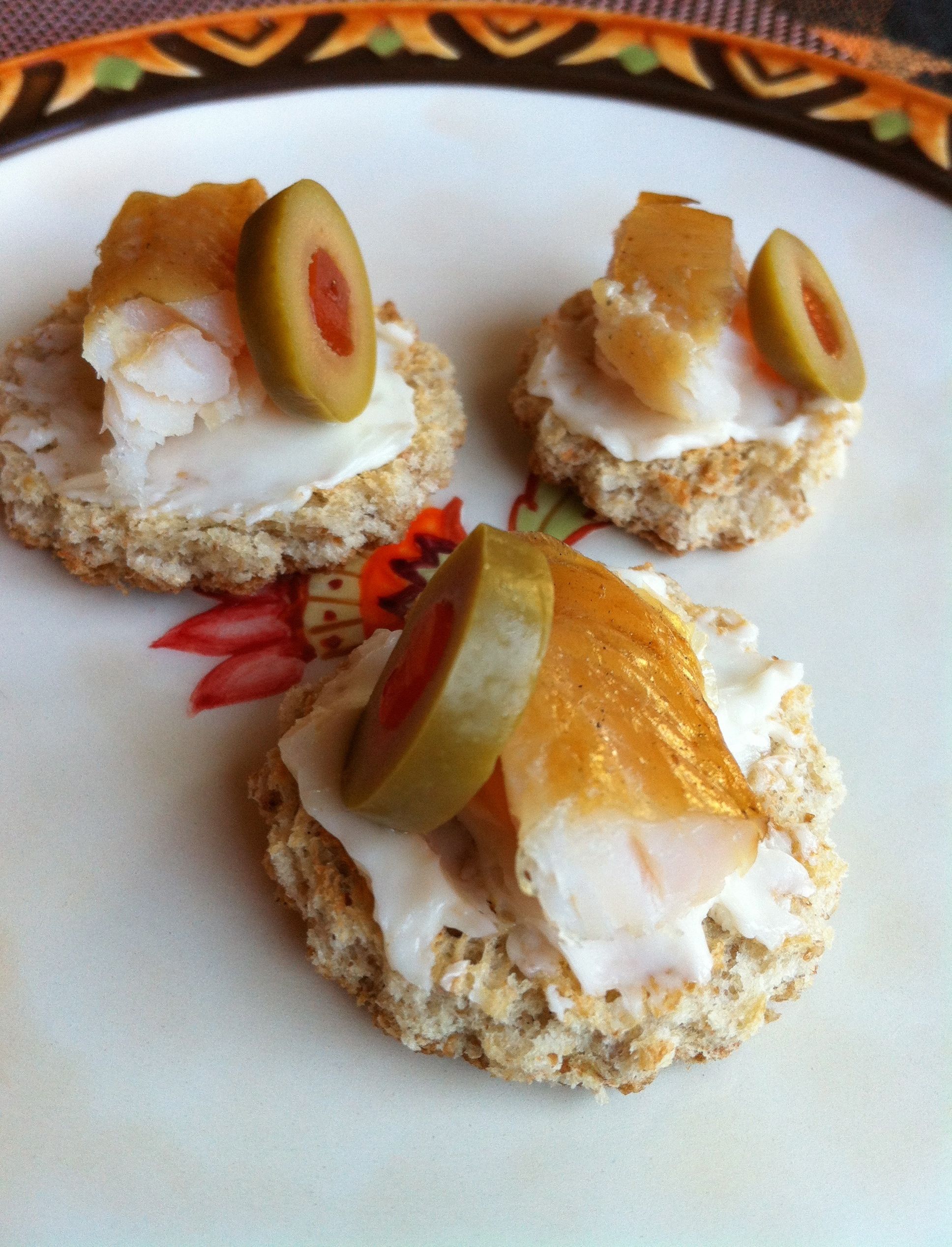 After
After 
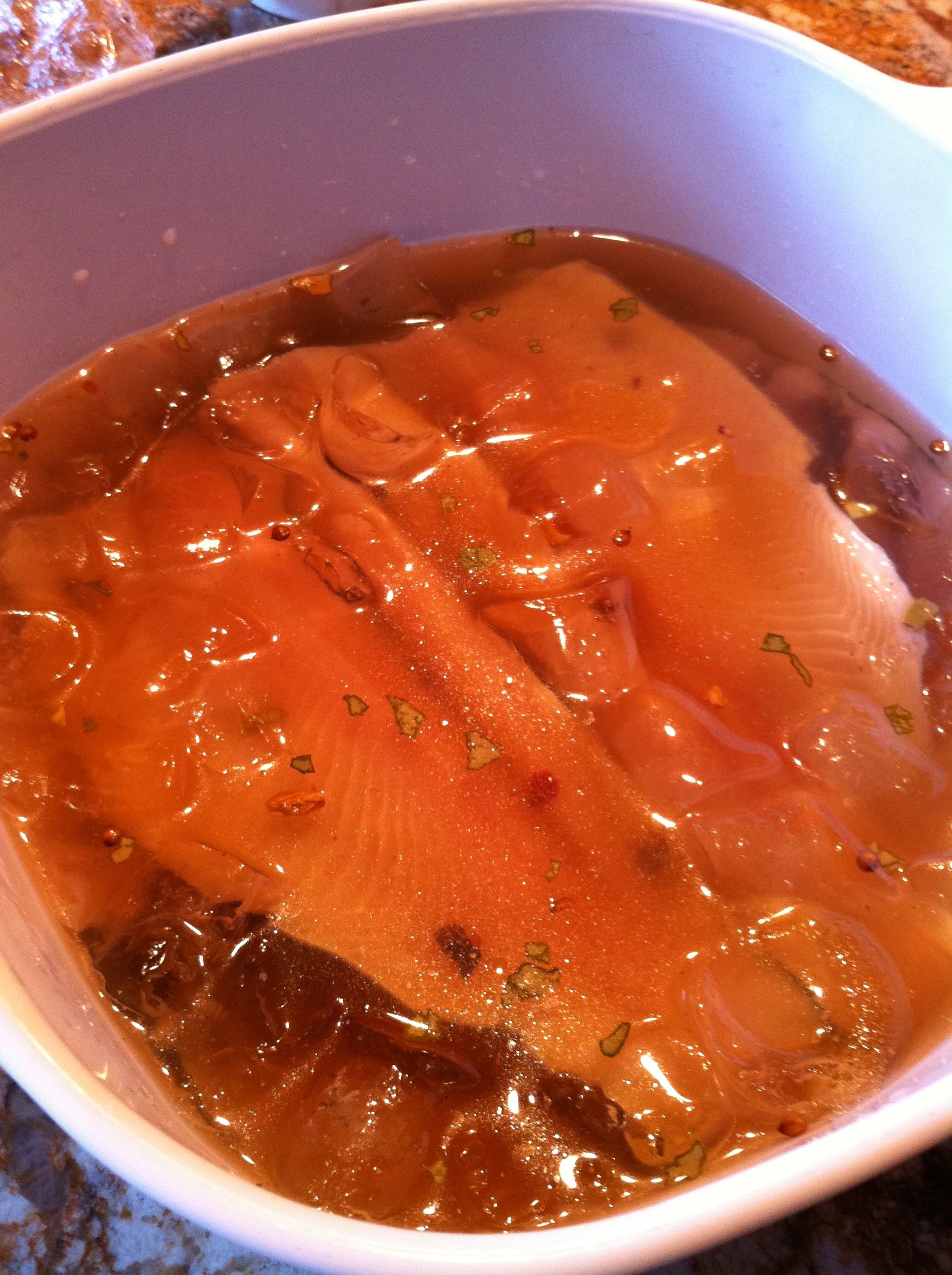 1. Add the salt, sugar and spices to the water and bring to a boil, stirring to dissolve the salt and sugar completely.
1. Add the salt, sugar and spices to the water and bring to a boil, stirring to dissolve the salt and sugar completely.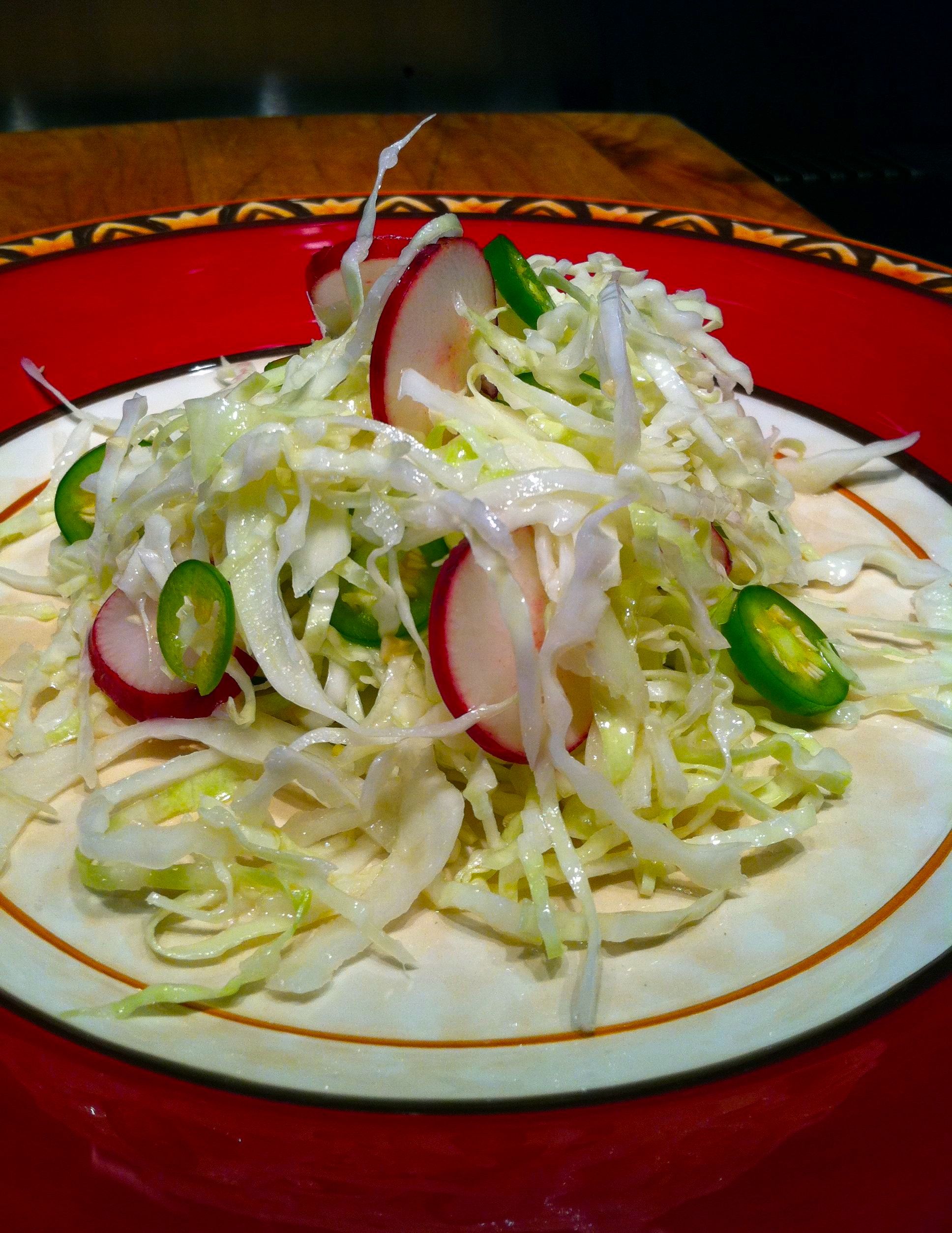
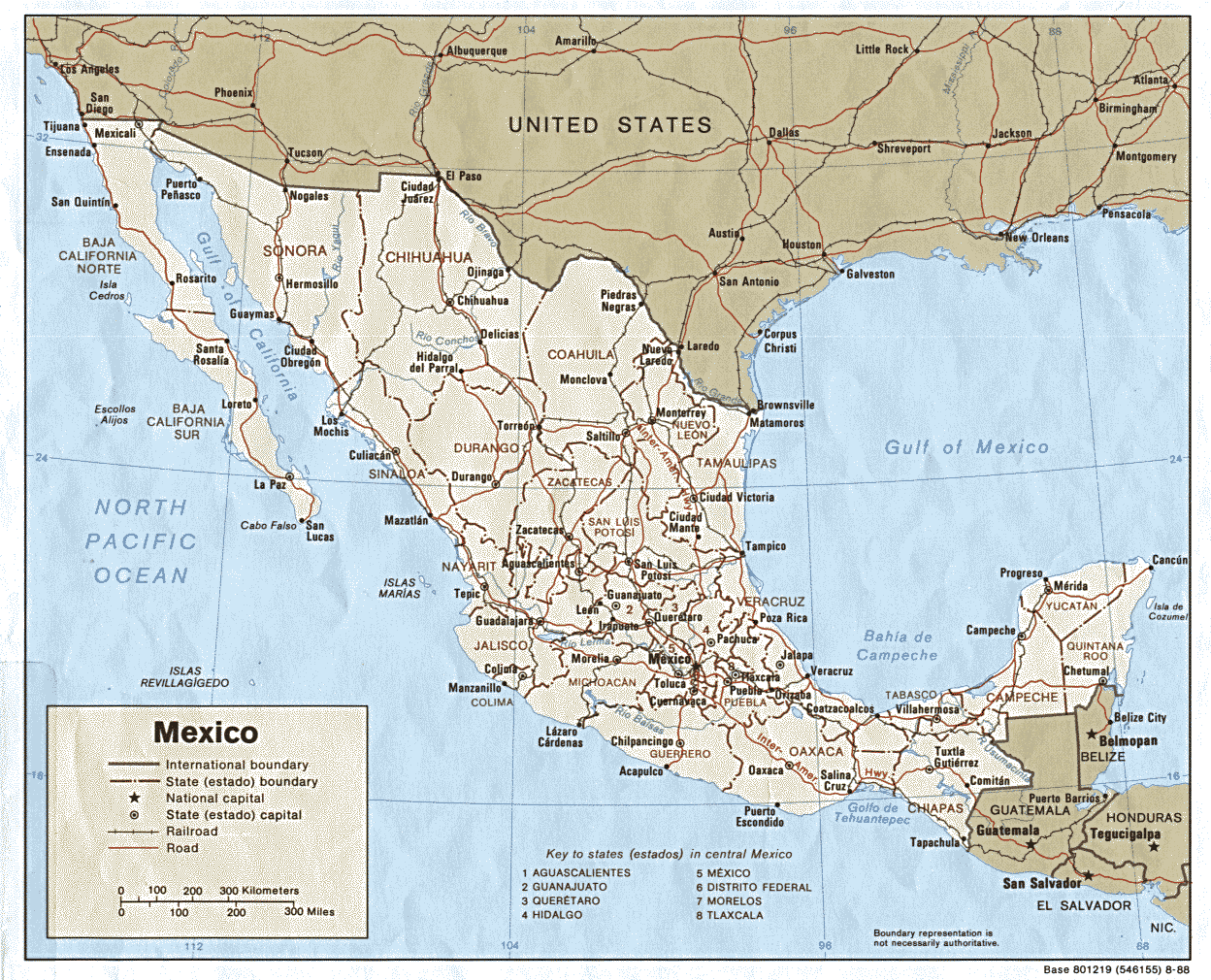

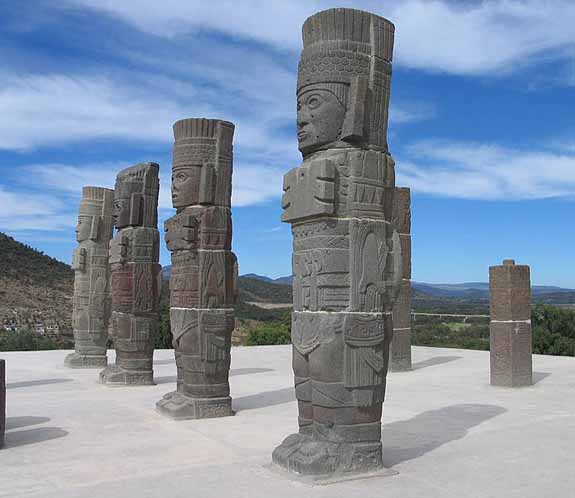 Toltec art and the huge monuments are well-known and iconic of MesoAmerica, but a lesser known fact is that the region has a delicious, distinctive cuisine. "Ajo Comino de Gallina" is a Hidalgo dish that uses poaching as a method for infusing flavors into food as it cooks with no fat. The French have a similar method, their Court Bouillon used to deep poach foods.
Toltec art and the huge monuments are well-known and iconic of MesoAmerica, but a lesser known fact is that the region has a delicious, distinctive cuisine. "Ajo Comino de Gallina" is a Hidalgo dish that uses poaching as a method for infusing flavors into food as it cooks with no fat. The French have a similar method, their Court Bouillon used to deep poach foods.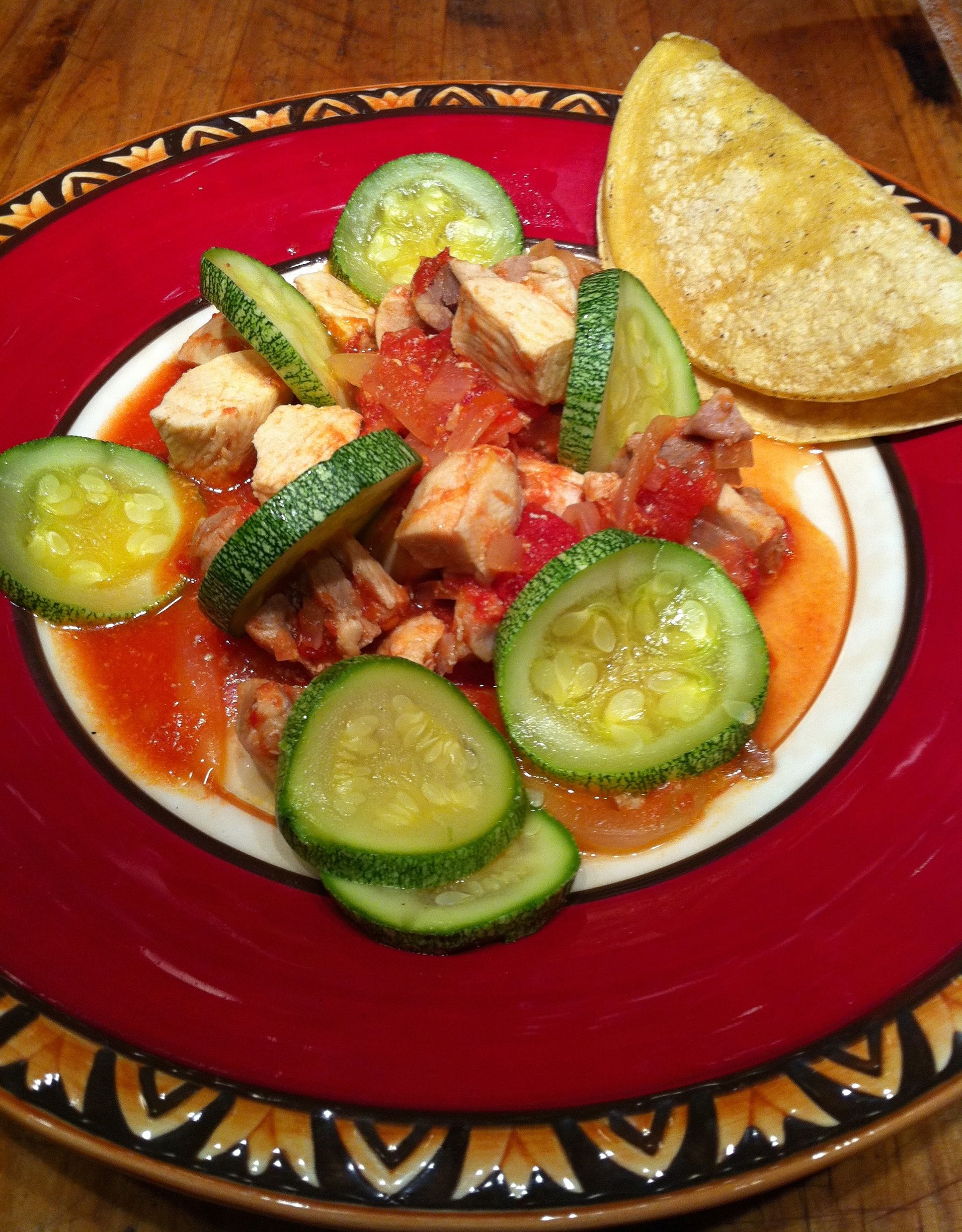
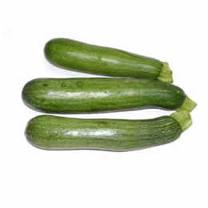 7. While the onions are cooking, grind the Serrano chile into a fine paste using a molcajete. Add a little of the strained broth to the molcajete to lift off the paste and add to the onions.
7. While the onions are cooking, grind the Serrano chile into a fine paste using a molcajete. Add a little of the strained broth to the molcajete to lift off the paste and add to the onions. 
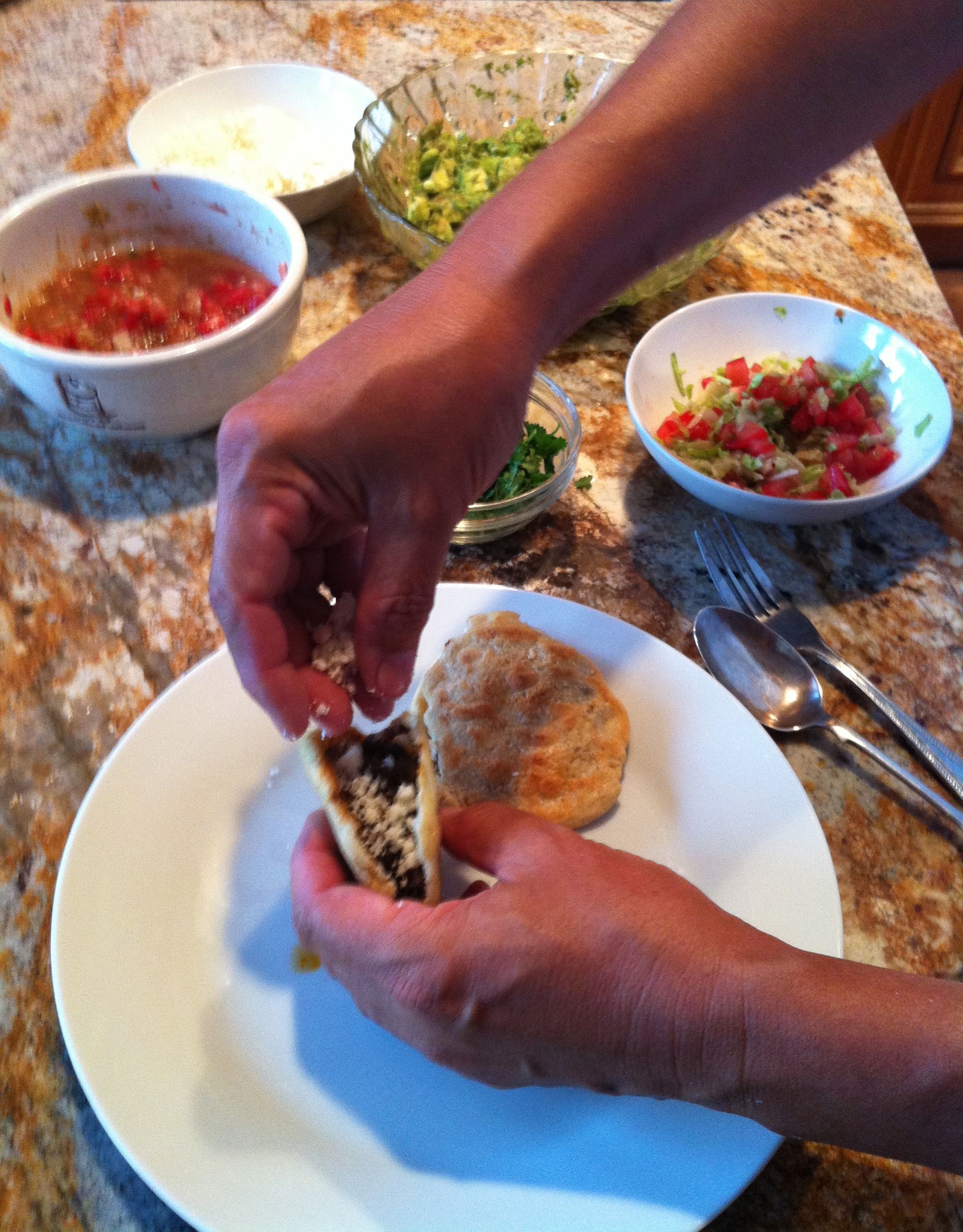
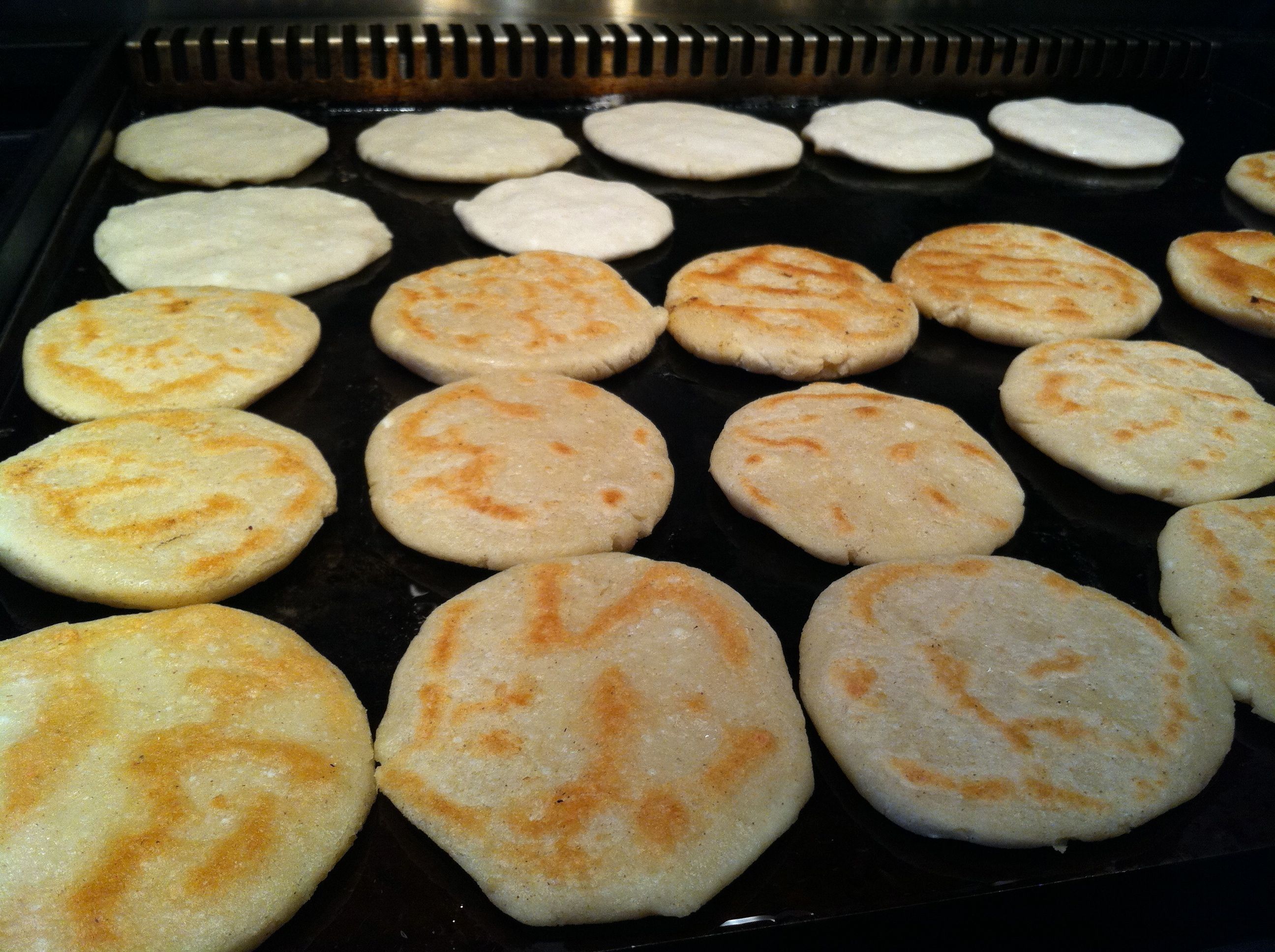 Recipe makes 25 small gorditas like the ones in the picture
Recipe makes 25 small gorditas like the ones in the picture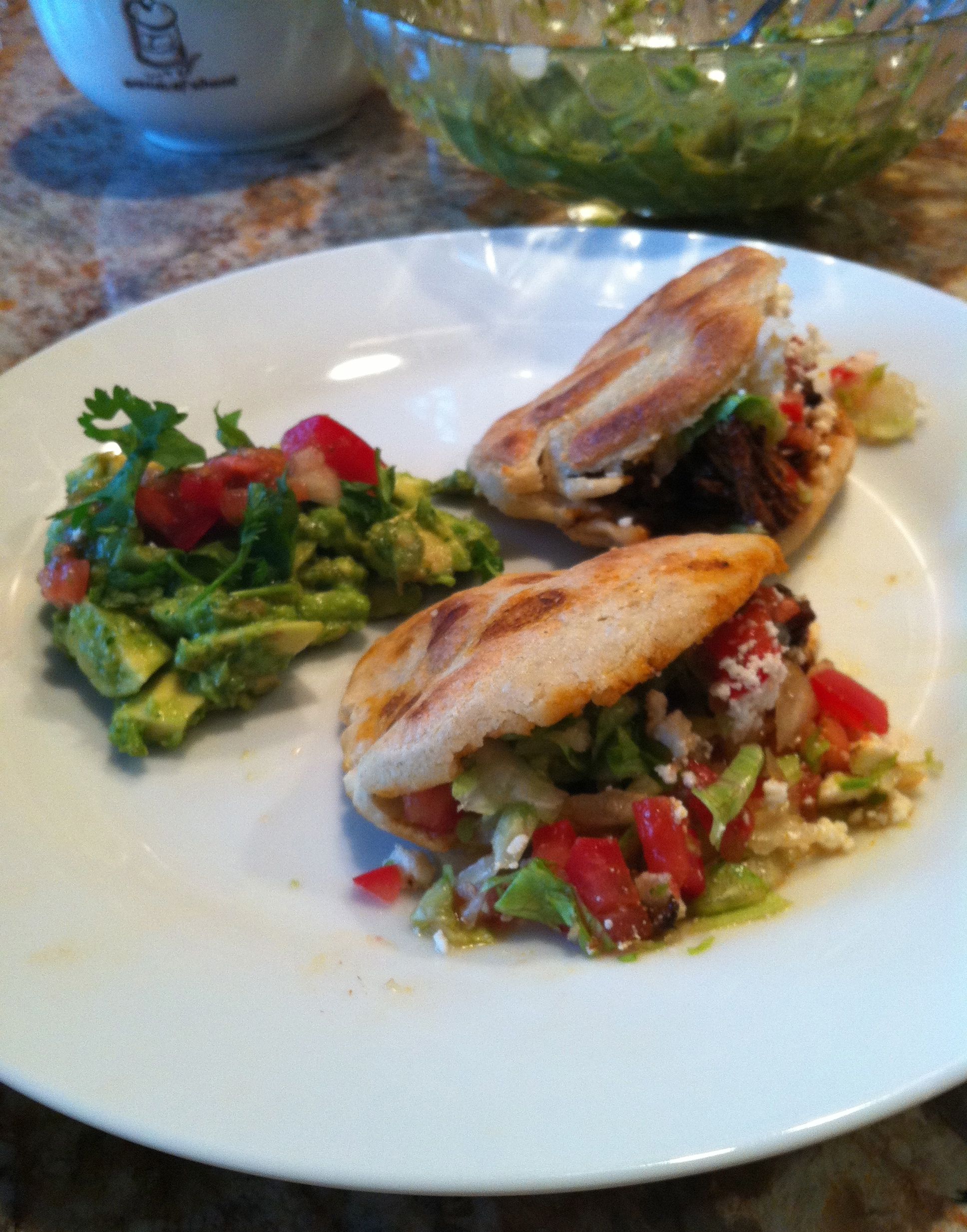
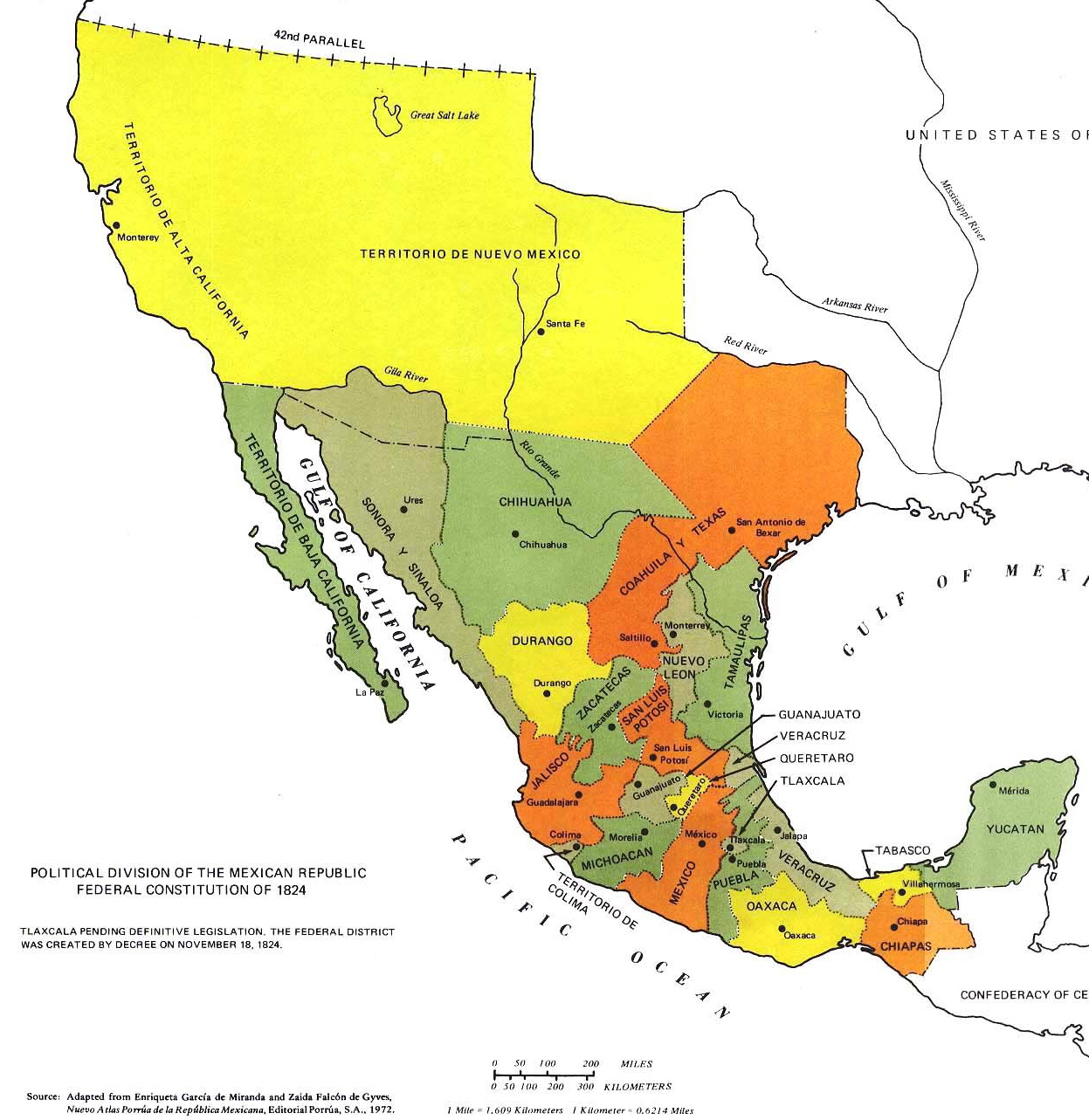
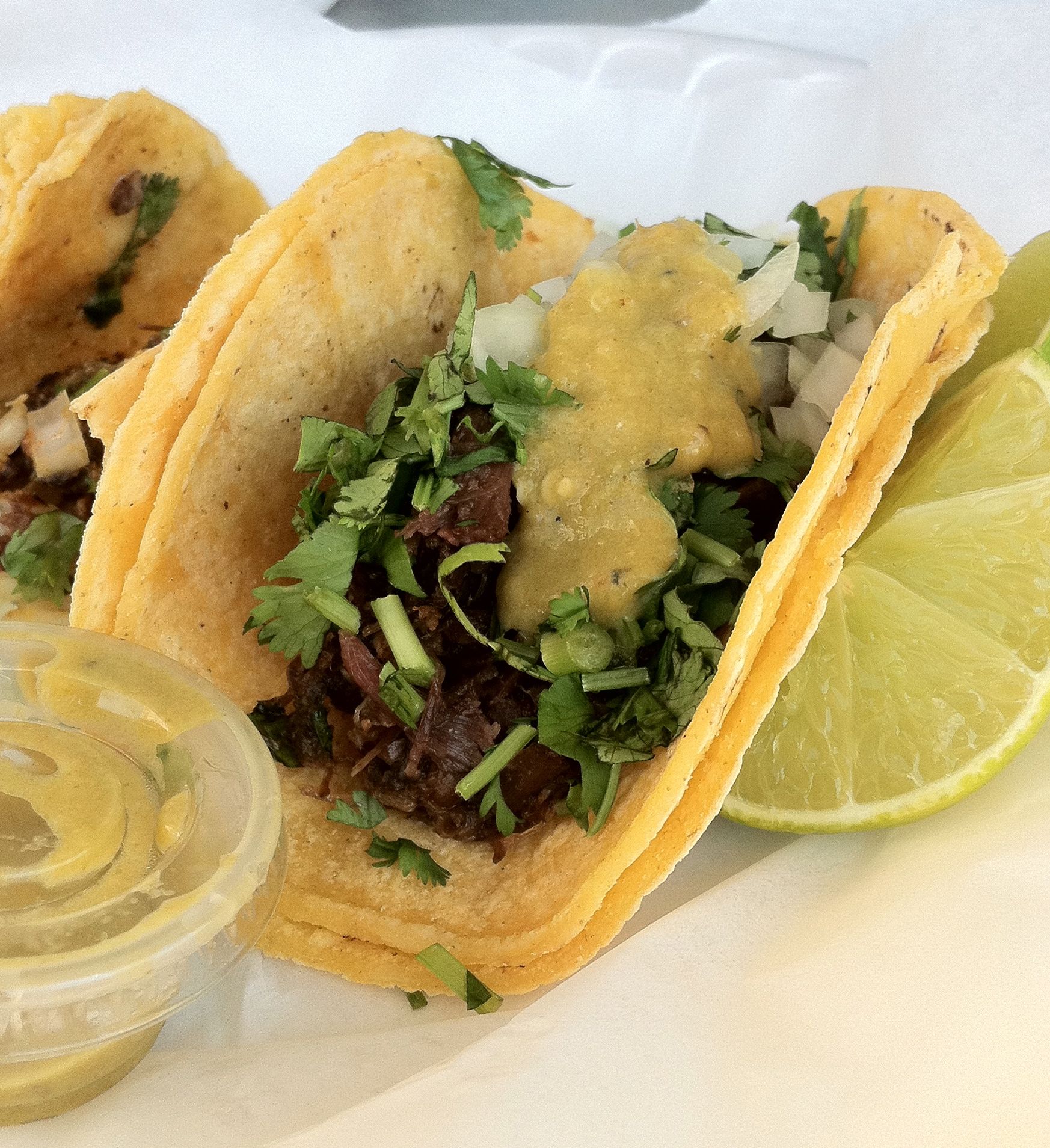 Tierra Caliente serves Mexican barbacoa tacos. Mexican "barbacoa" is beef. It has a long history in this region. It can be cooked underground (cabeza de pozo--barbacoa de cabeza) or, as the chef, María Zamano, does, on the stove with seasonings that include garlic and. I promised her I would not talk out of school so you'll have to ask her for her delicious recipe.
Tierra Caliente serves Mexican barbacoa tacos. Mexican "barbacoa" is beef. It has a long history in this region. It can be cooked underground (cabeza de pozo--barbacoa de cabeza) or, as the chef, María Zamano, does, on the stove with seasonings that include garlic and. I promised her I would not talk out of school so you'll have to ask her for her delicious recipe.  This is very different from taco combinations that simply "juxtapose" ingredients inside a tortilla. Tierra Caliente recipes harmonize. No clashing juxtapositions here. In order to accomplish this you have to know your past, both written and oral stories, and taste it. It makes for a fuller dining experience.
This is very different from taco combinations that simply "juxtapose" ingredients inside a tortilla. Tierra Caliente recipes harmonize. No clashing juxtapositions here. In order to accomplish this you have to know your past, both written and oral stories, and taste it. It makes for a fuller dining experience.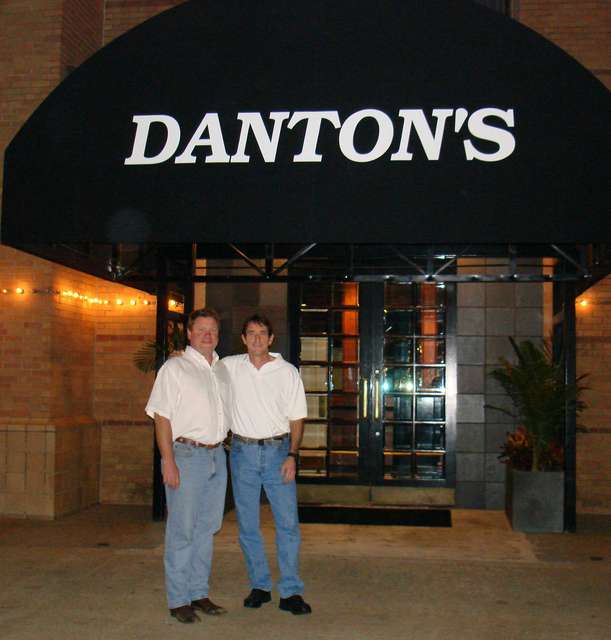 To do this he has the right blend of egg yolks, butter, lemon and seasonings. The emulsion is whisked together so well that the mouth-feel is sooooo velvety. OK, I'll stop drooling. .. And he adds a twist that is his very own, a type of red chile!
To do this he has the right blend of egg yolks, butter, lemon and seasonings. The emulsion is whisked together so well that the mouth-feel is sooooo velvety. OK, I'll stop drooling. .. And he adds a twist that is his very own, a type of red chile! 
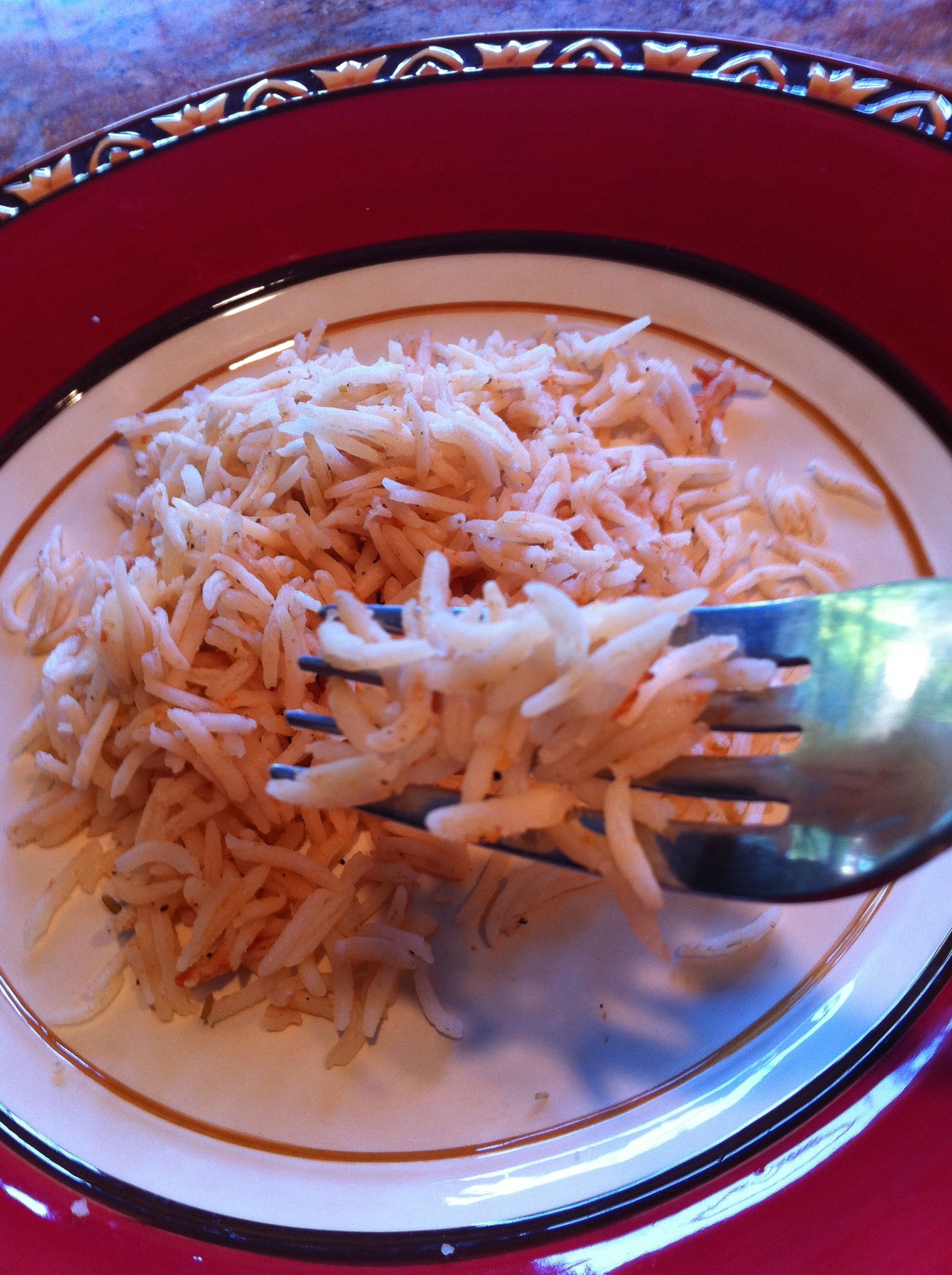
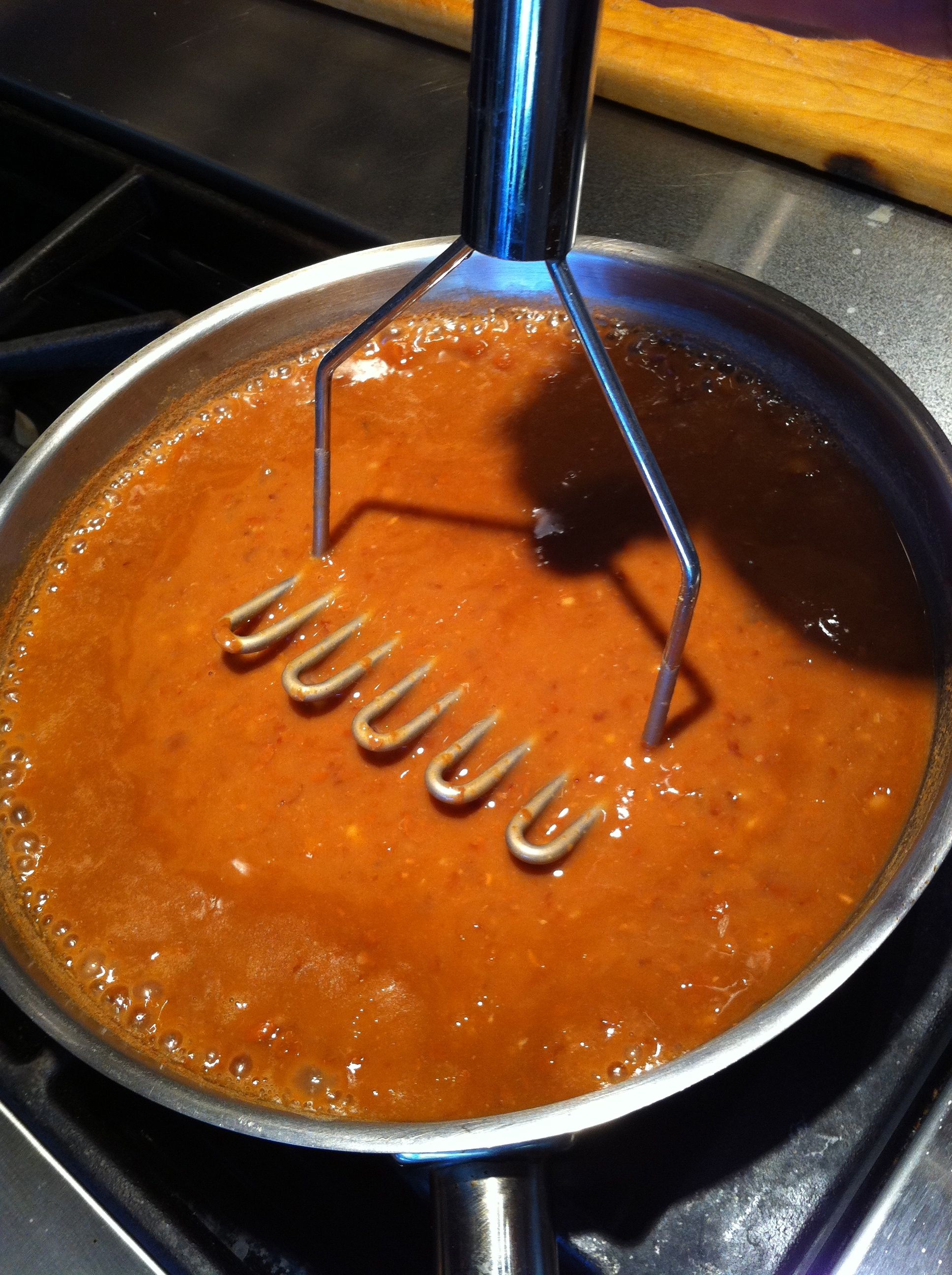
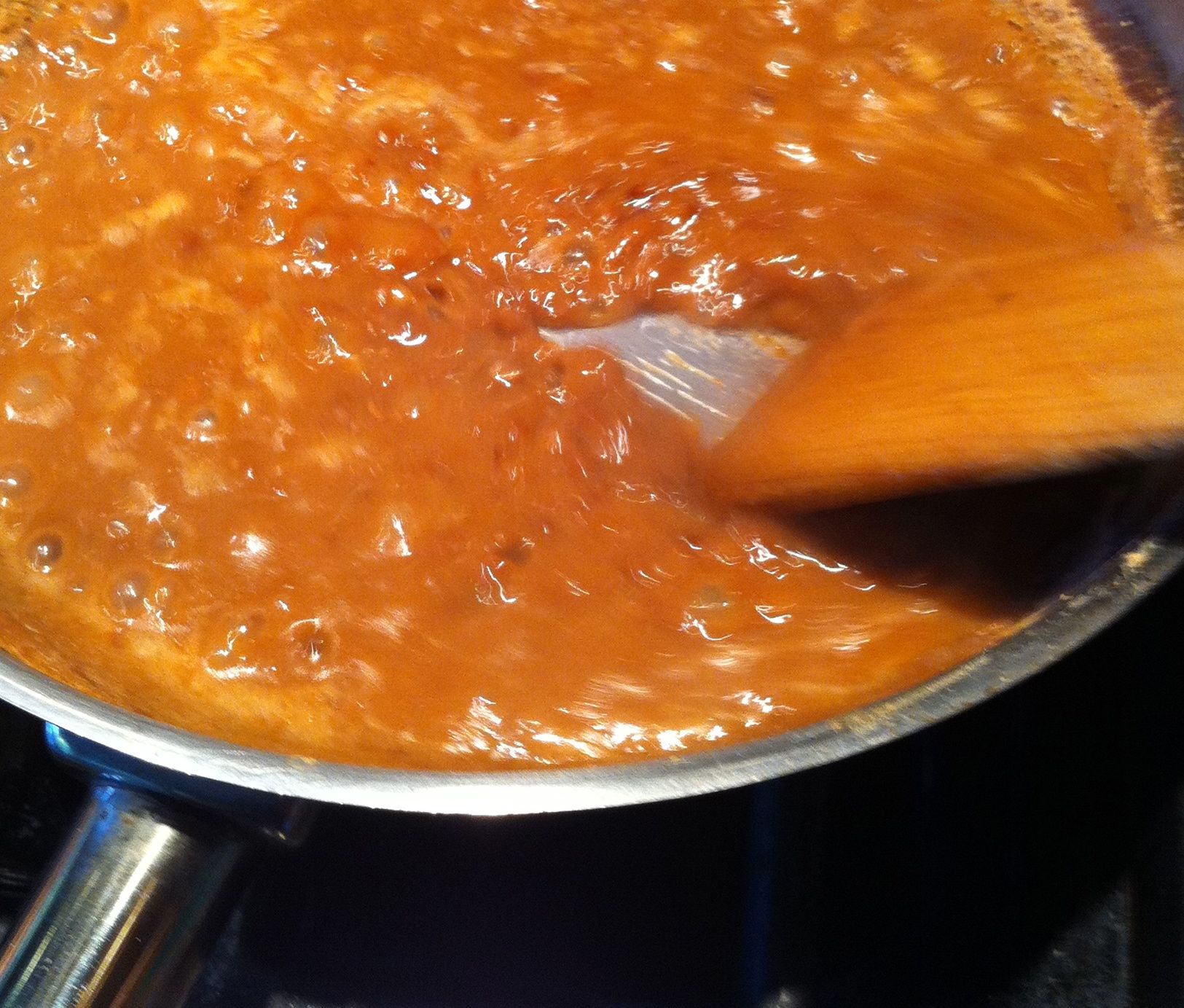
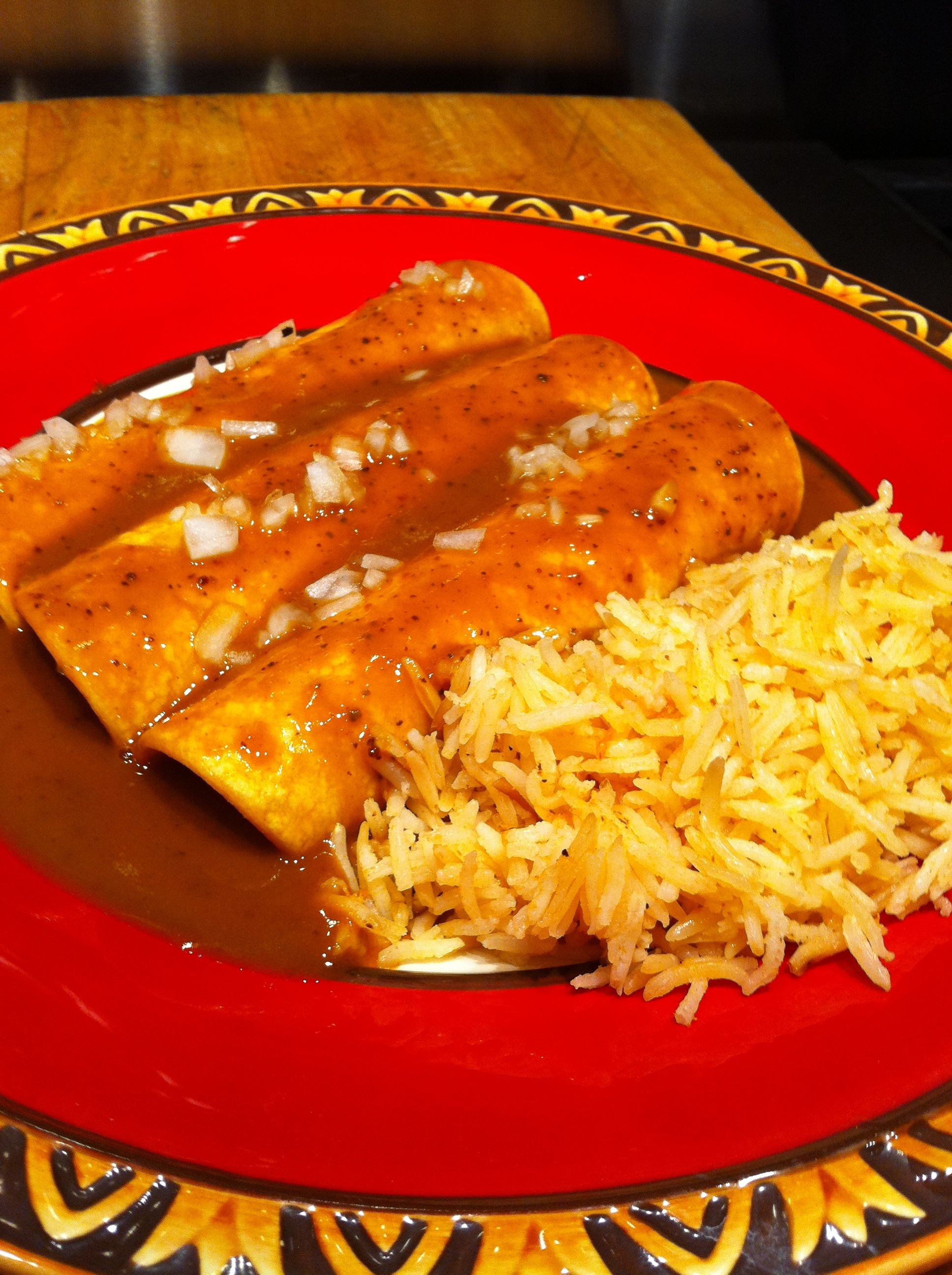
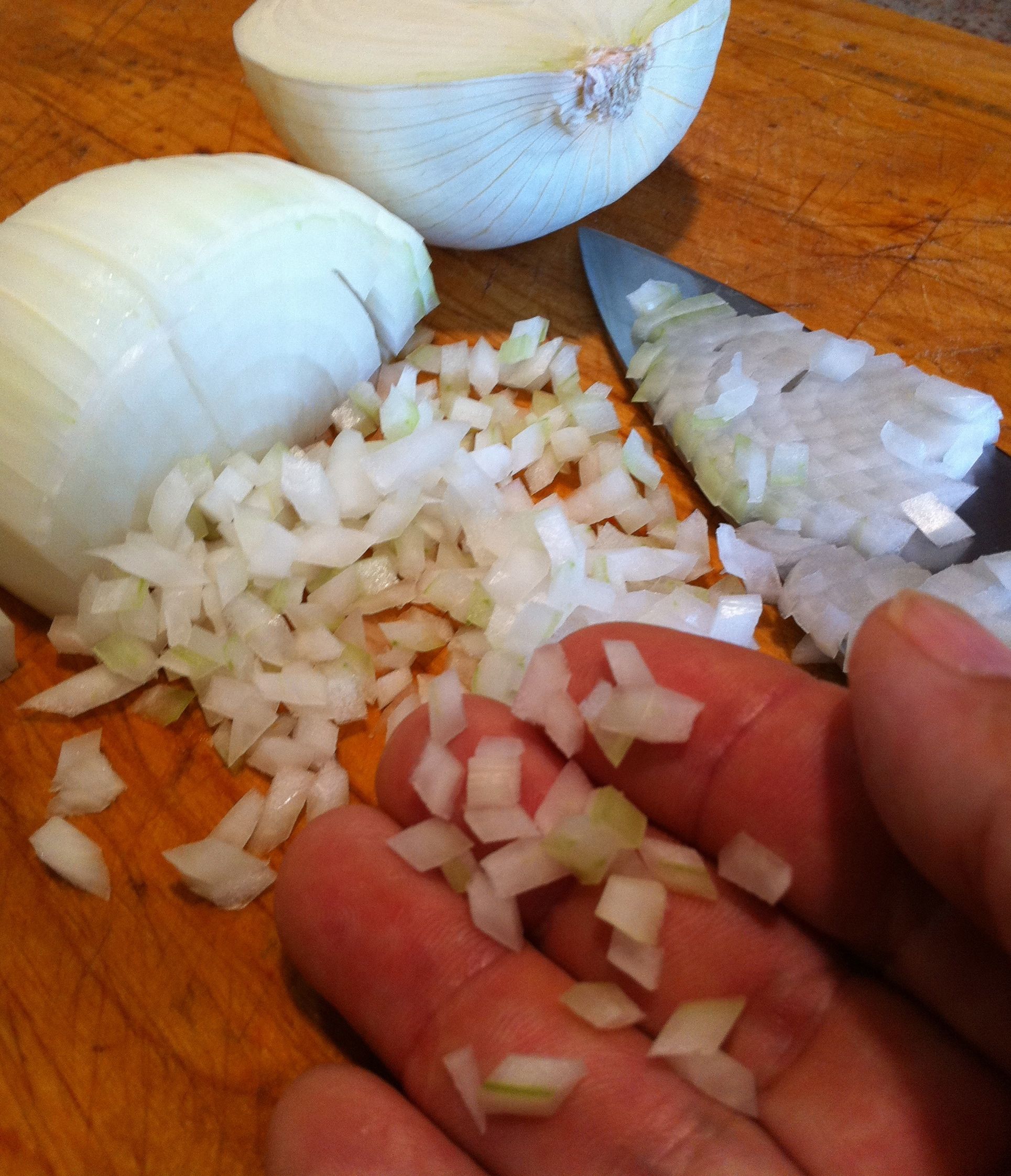 Method:
Method:
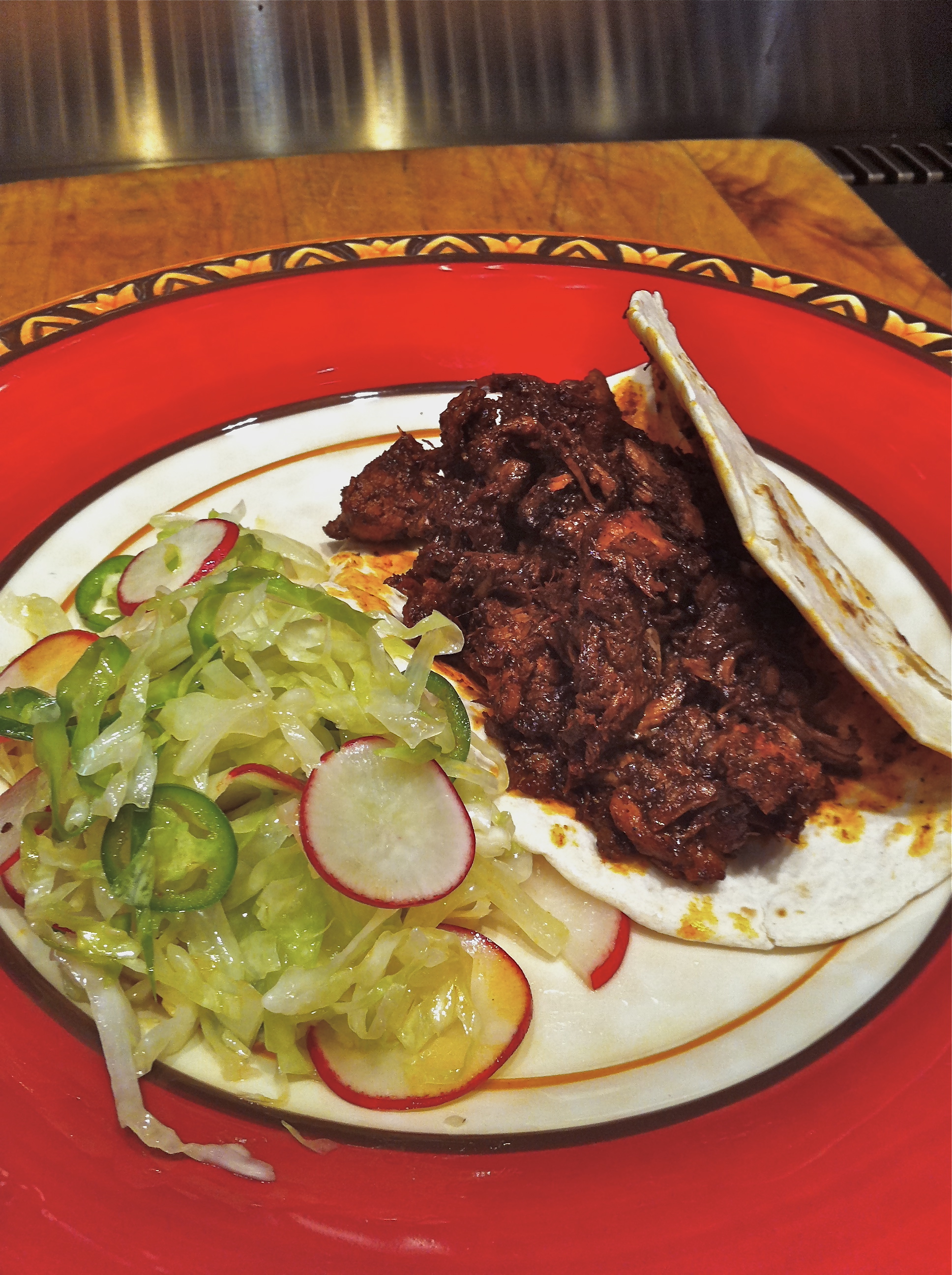

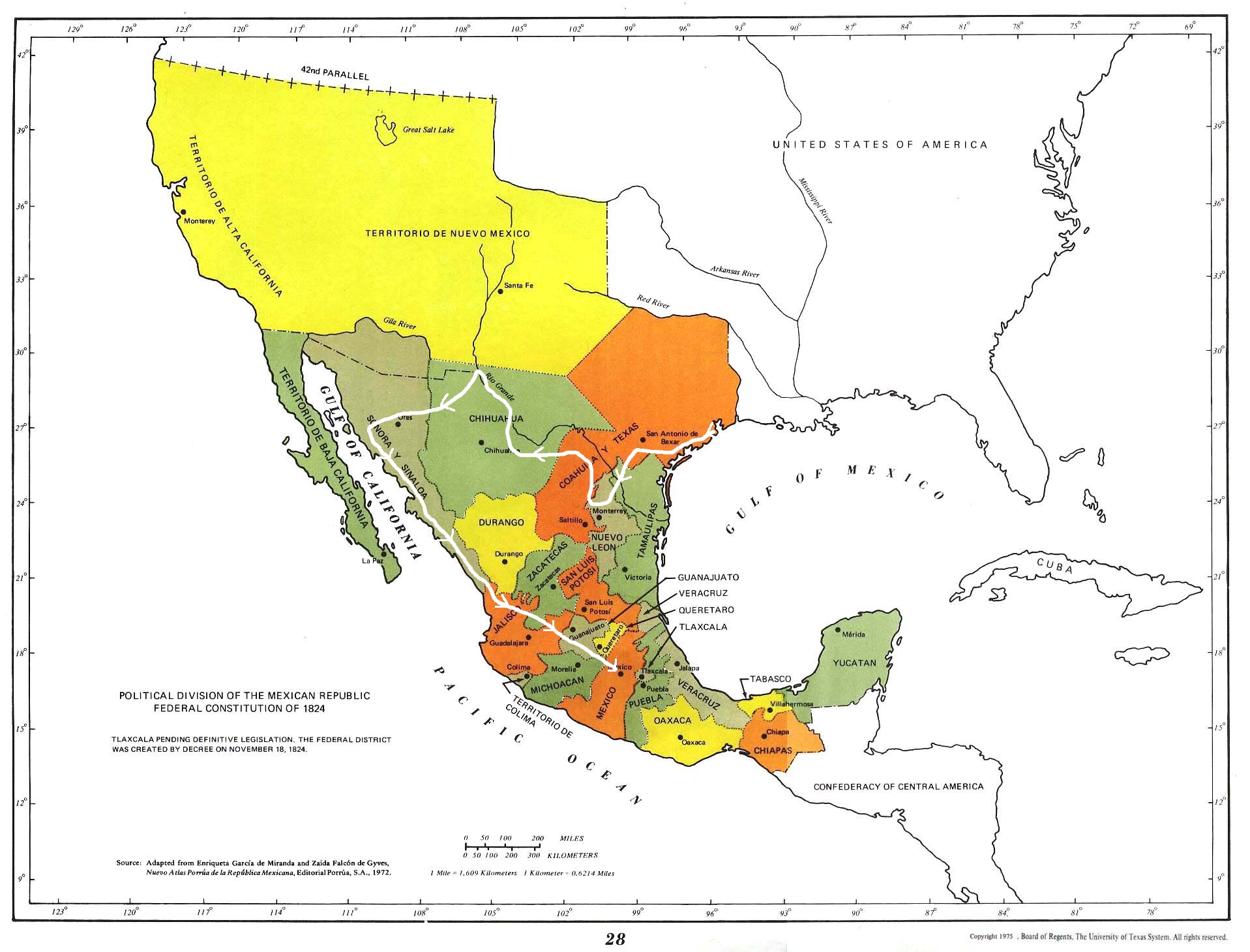 Indeed, on this map of 1824 Mexico(1) I drew the route that Cabeza de Vaca followed in 1500's to travel from Galveston to Mexico City. I traced the white line to show that, as the natives did at the time, he traveled from Galveston all through Sinaloa. (I based this route on the one researched and drawn by Alex D. Krieger, University of Texas Press) There were other similar travel routes that made it commonplace to exchange cooking techniques and ideas.
Indeed, on this map of 1824 Mexico(1) I drew the route that Cabeza de Vaca followed in 1500's to travel from Galveston to Mexico City. I traced the white line to show that, as the natives did at the time, he traveled from Galveston all through Sinaloa. (I based this route on the one researched and drawn by Alex D. Krieger, University of Texas Press) There were other similar travel routes that made it commonplace to exchange cooking techniques and ideas.
 The filling is spicy guacamole with grapes. A sliver of
fried Yucca finishes the canapé with a starchy crunch.
The filling is spicy guacamole with grapes. A sliver of
fried Yucca finishes the canapé with a starchy crunch. AVOCADO WITH GRAPES:
AVOCADO WITH GRAPES:
 The dish uses the combination technique of partially frying (gives form to the
eggs) and then poaching in a chile broth (renders the eggs moist and exquisitely flavorful).
The dish uses the combination technique of partially frying (gives form to the
eggs) and then poaching in a chile broth (renders the eggs moist and exquisitely flavorful).

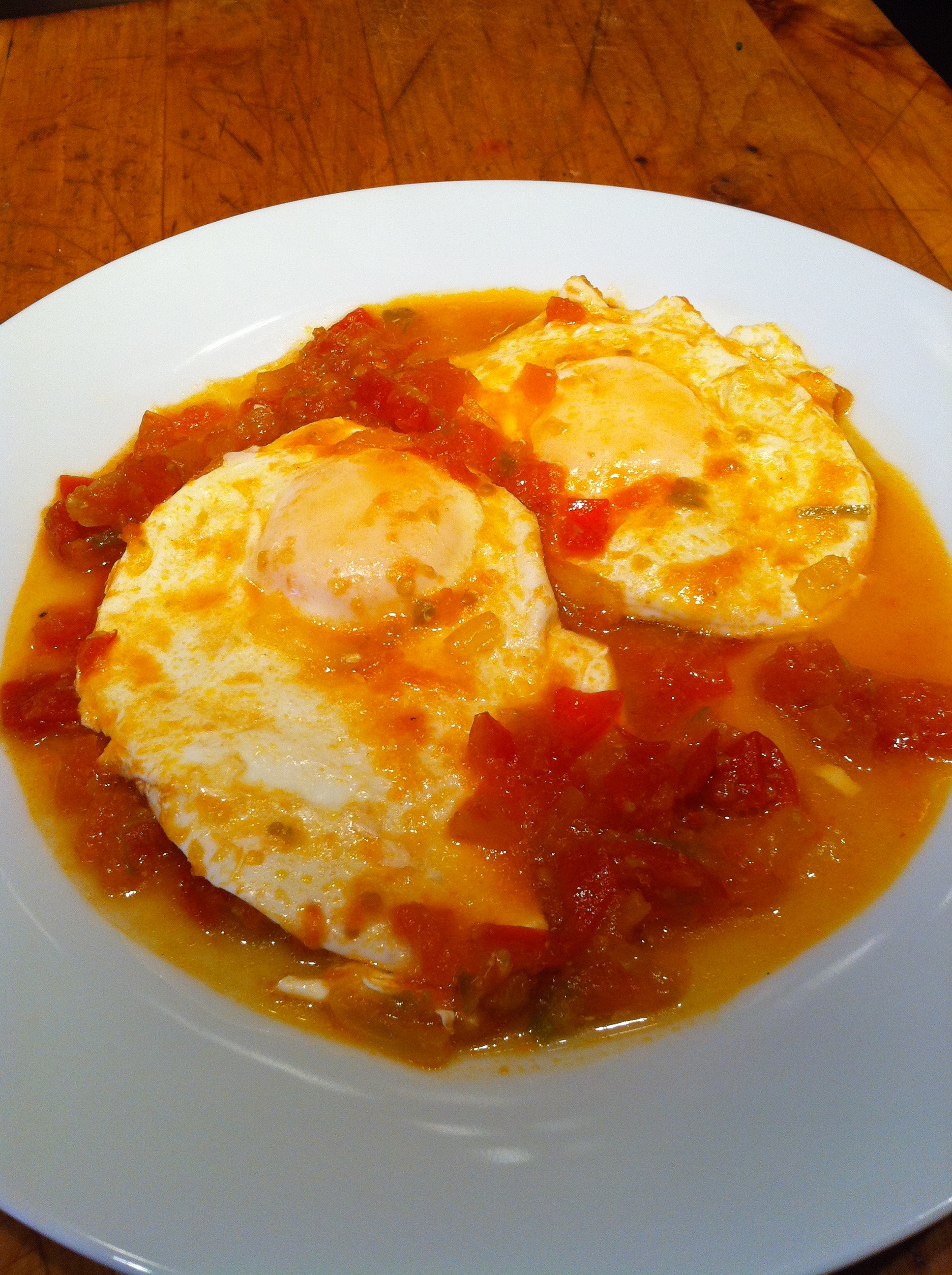 This gives eggs
a quick solid form and also a tender texture.
This gives eggs
a quick solid form and also a tender texture.
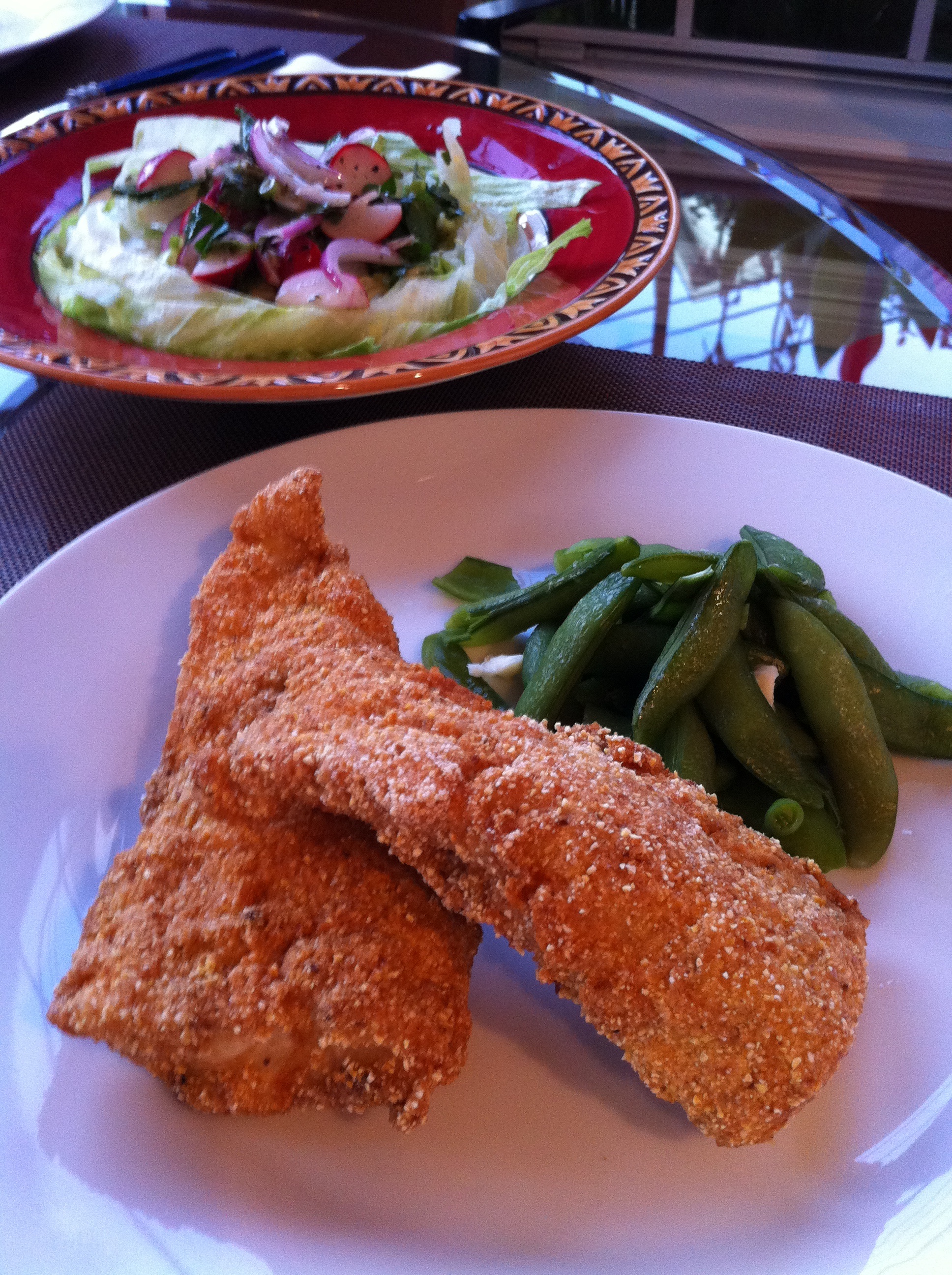 This fried fish method is straightforward and reflects the penchant for coupling the flavors of fish with corn, that elemental grain that was everywhere, even in our creation myths, all the way down to what is today Southern Mexico.
This fried fish method is straightforward and reflects the penchant for coupling the flavors of fish with corn, that elemental grain that was everywhere, even in our creation myths, all the way down to what is today Southern Mexico. Mayonnaise Sauce: makes one cup (I love this remoulade sauce. The French arrived in Texas in 1600's)
Mayonnaise Sauce: makes one cup (I love this remoulade sauce. The French arrived in Texas in 1600's)

 When our European ancestors, searching for India, landed instead in South America and found chiles, they used the default name with which they were familiar, "pepper." They also called the South American natives "Indians," but that's another story.
When our European ancestors, searching for India, landed instead in South America and found chiles, they used the default name with which they were familiar, "pepper." They also called the South American natives "Indians," but that's another story. In my opinion, achieving the correct flavor profile of Carne Guisada depends entirely on what you grind in your Molcajete. The following recipe is my family's variation and of course I love it, but you can refine it according to your taste. Just remember that the focus should be on your Molcajete: the mixture of ingredients to include cumin, garlic and BOTH pepper and chiles.
In my opinion, achieving the correct flavor profile of Carne Guisada depends entirely on what you grind in your Molcajete. The following recipe is my family's variation and of course I love it, but you can refine it according to your taste. Just remember that the focus should be on your Molcajete: the mixture of ingredients to include cumin, garlic and BOTH pepper and chiles.  Let me know how this recipe turns out for you. ¡Buen Provecho!
Let me know how this recipe turns out for you. ¡Buen Provecho!
